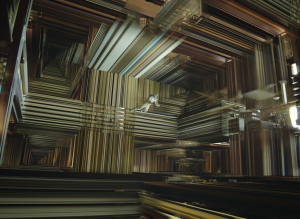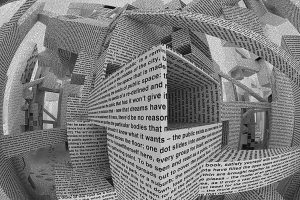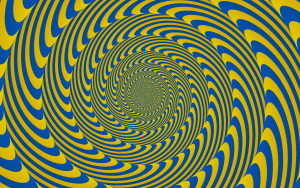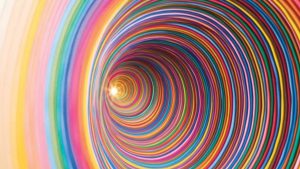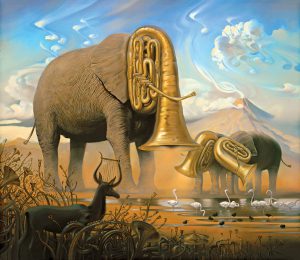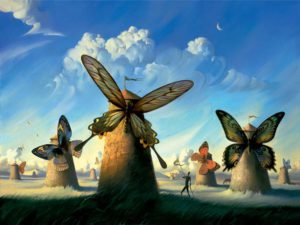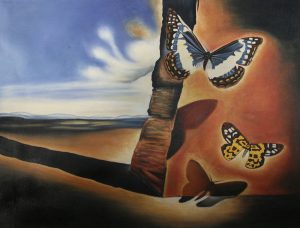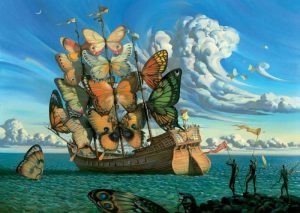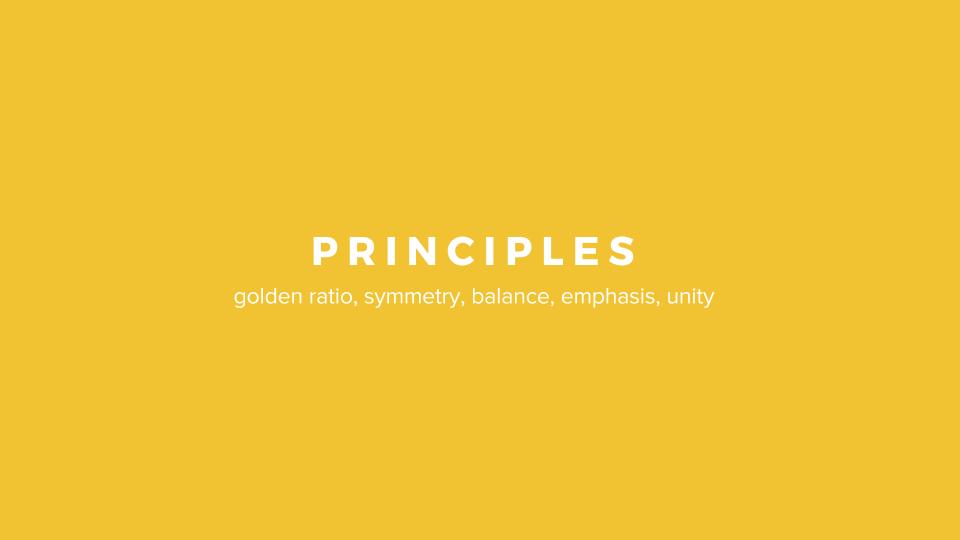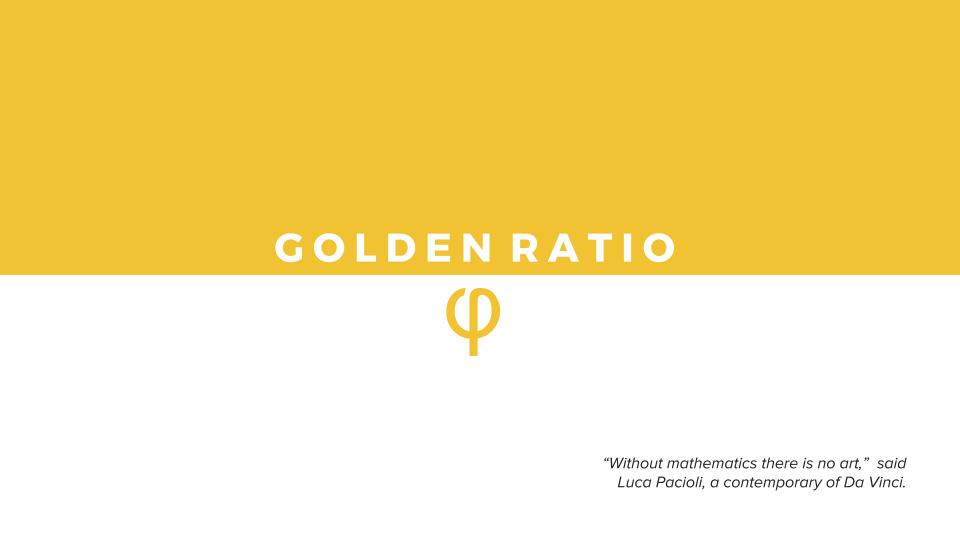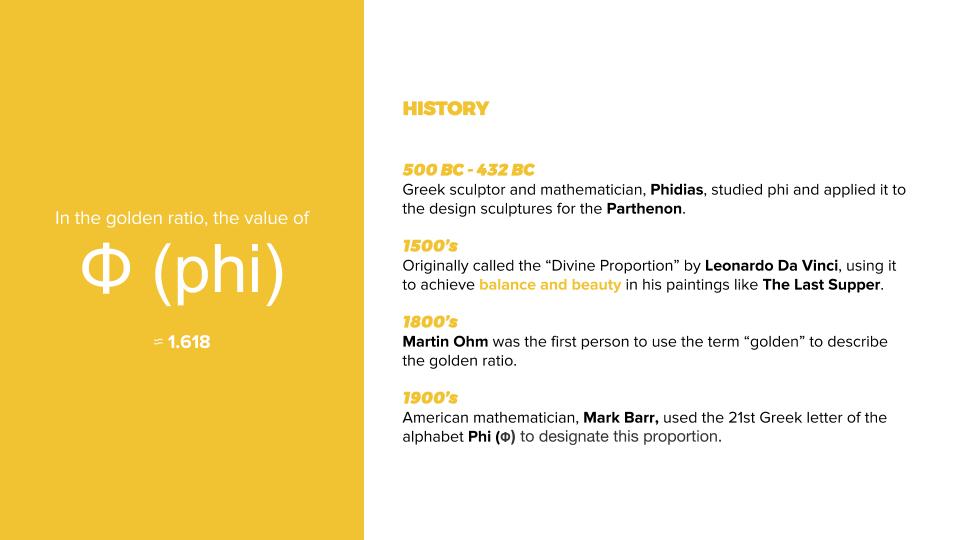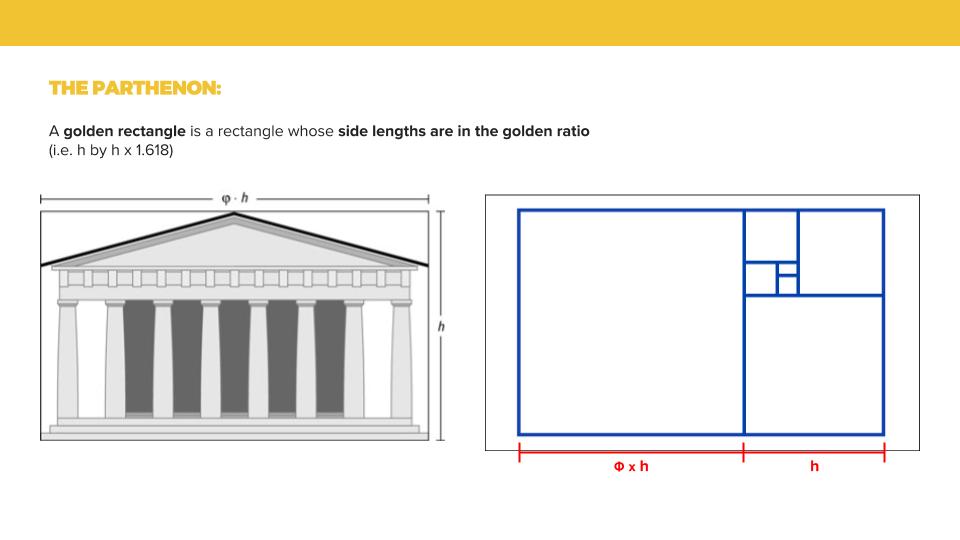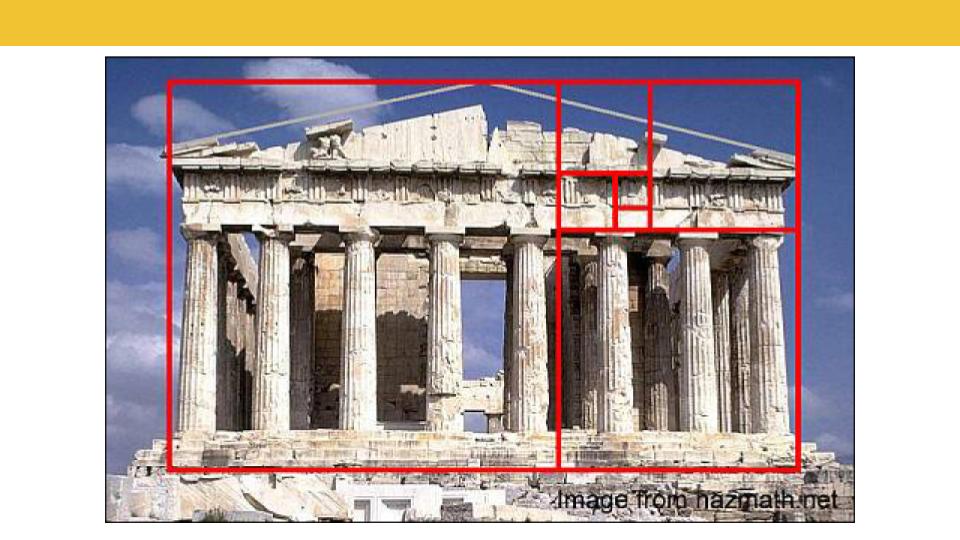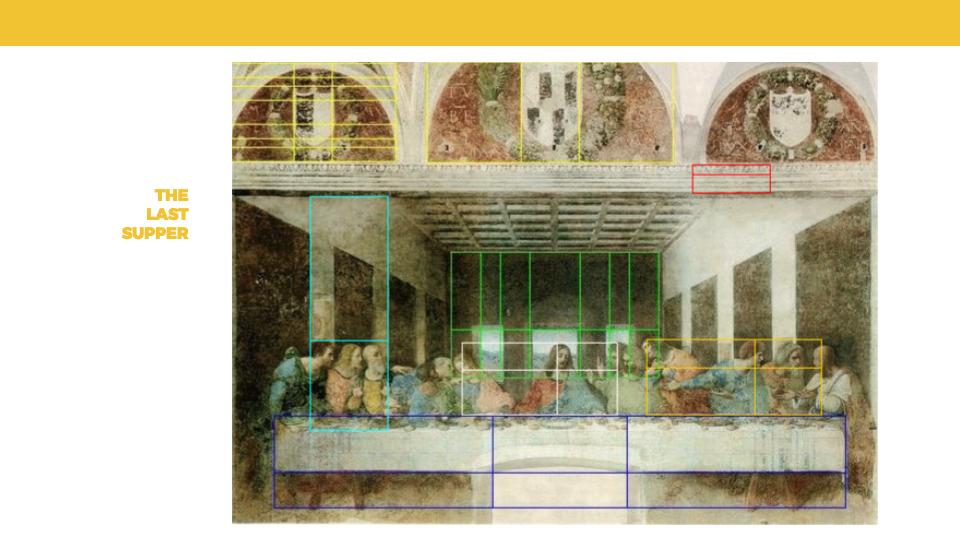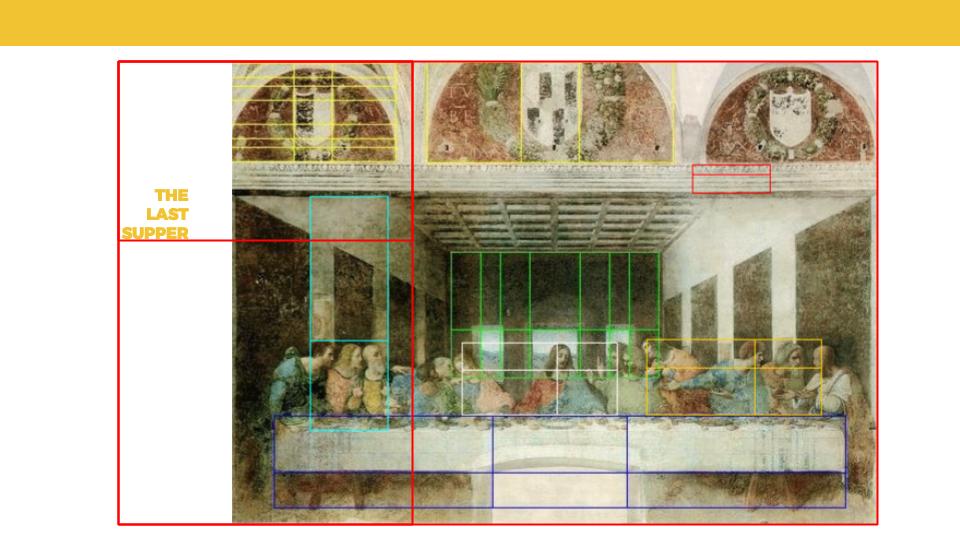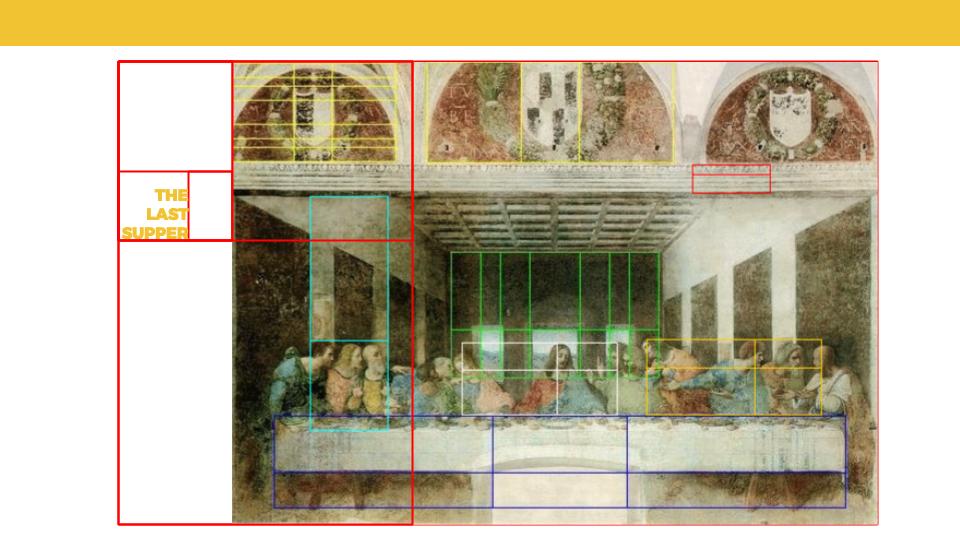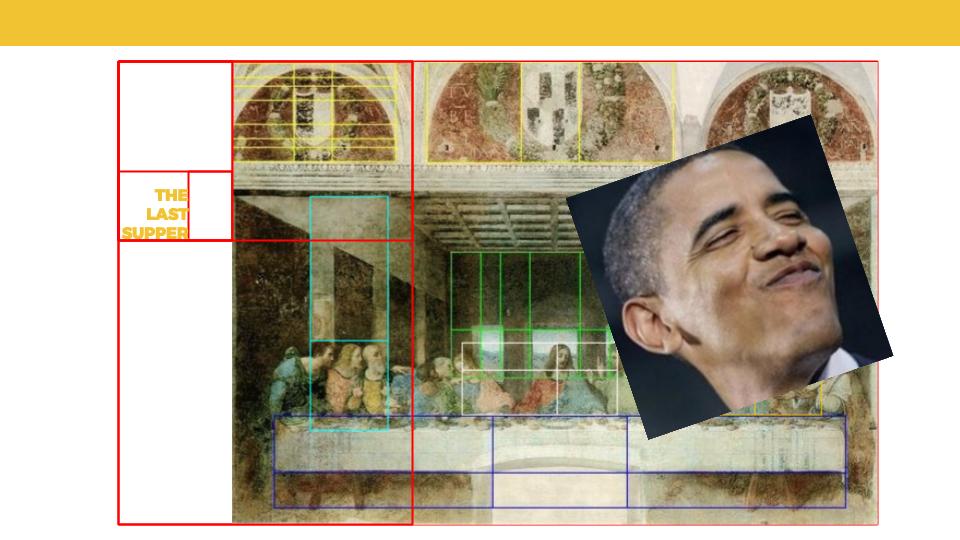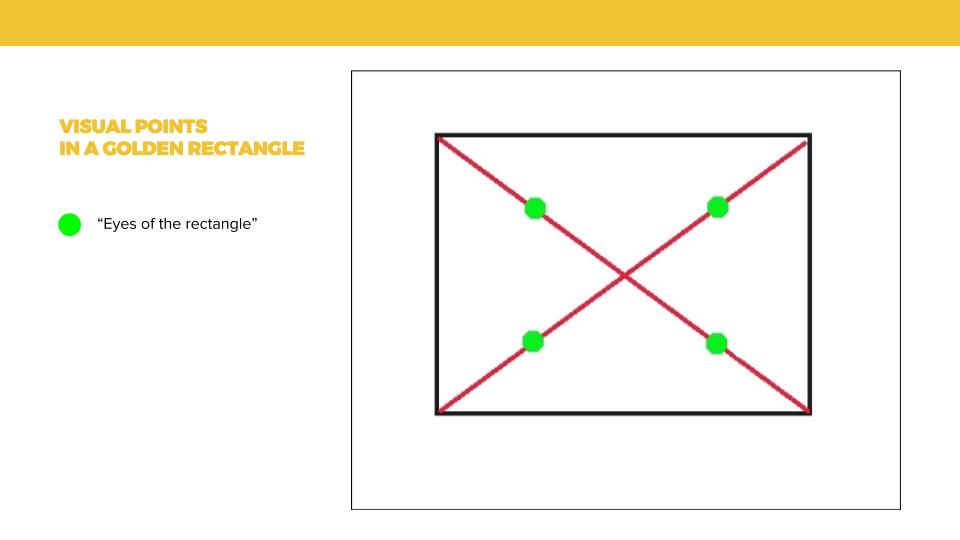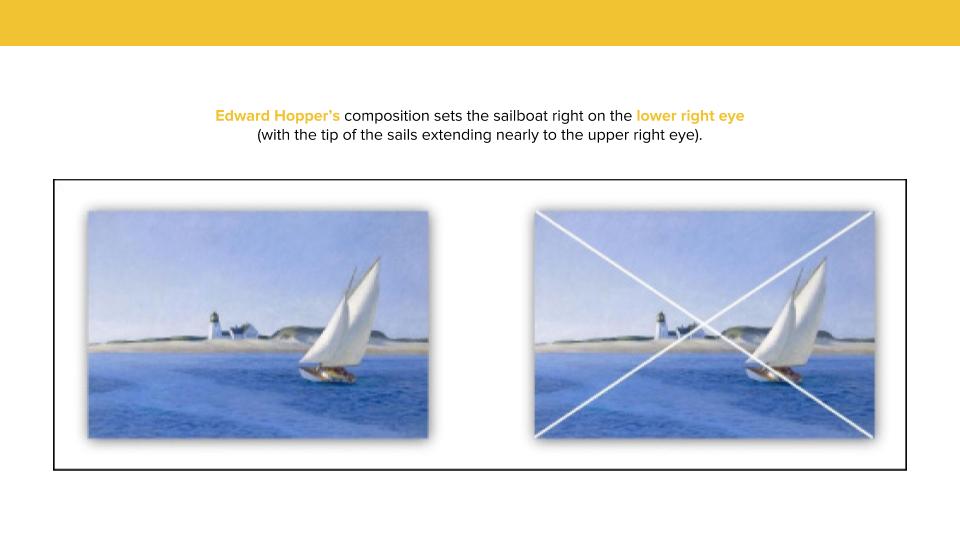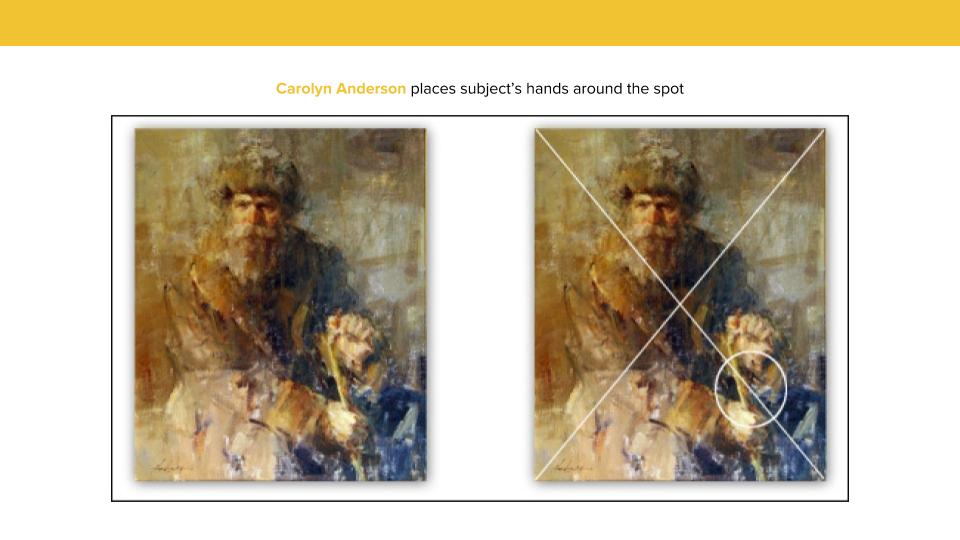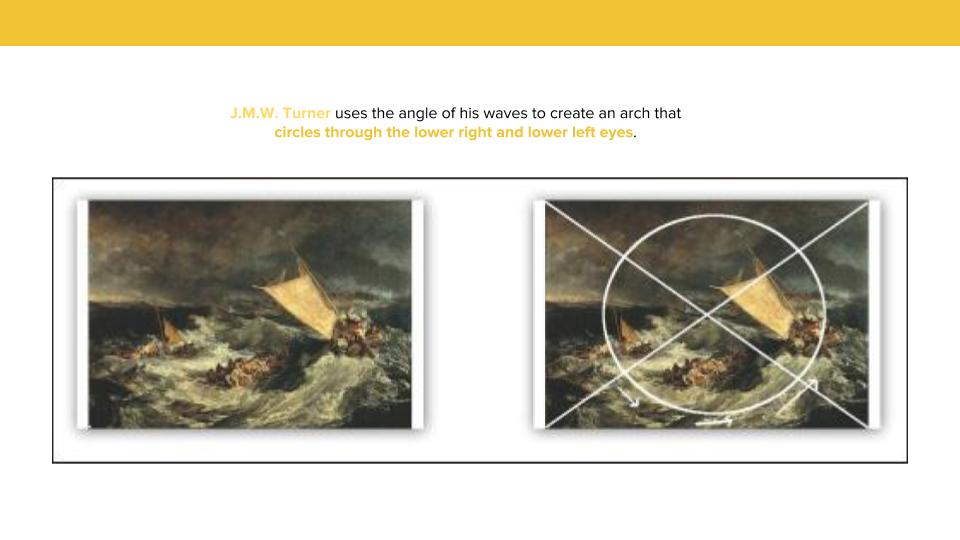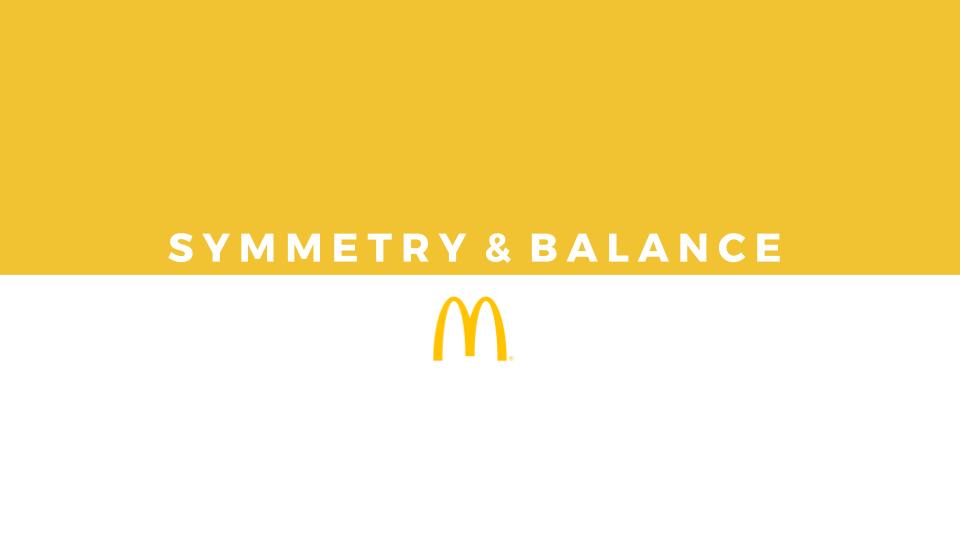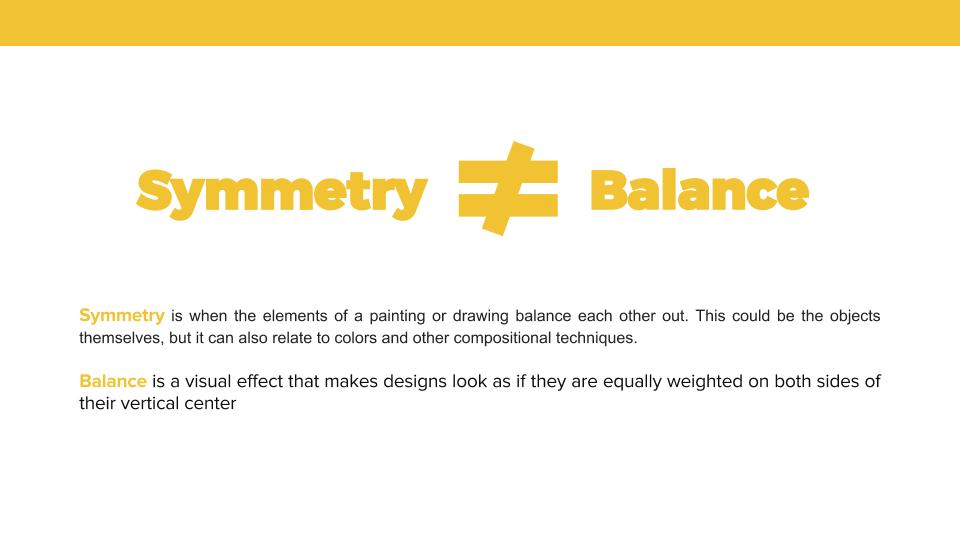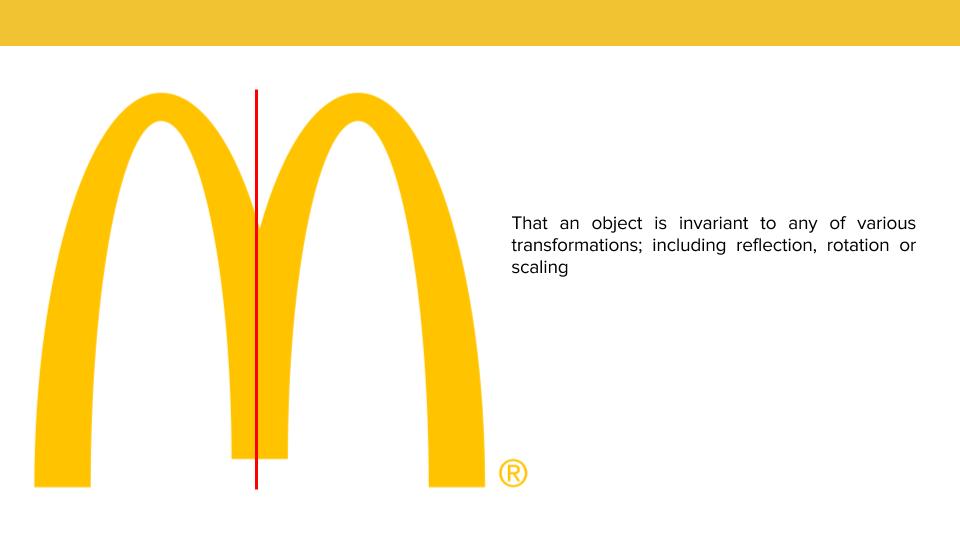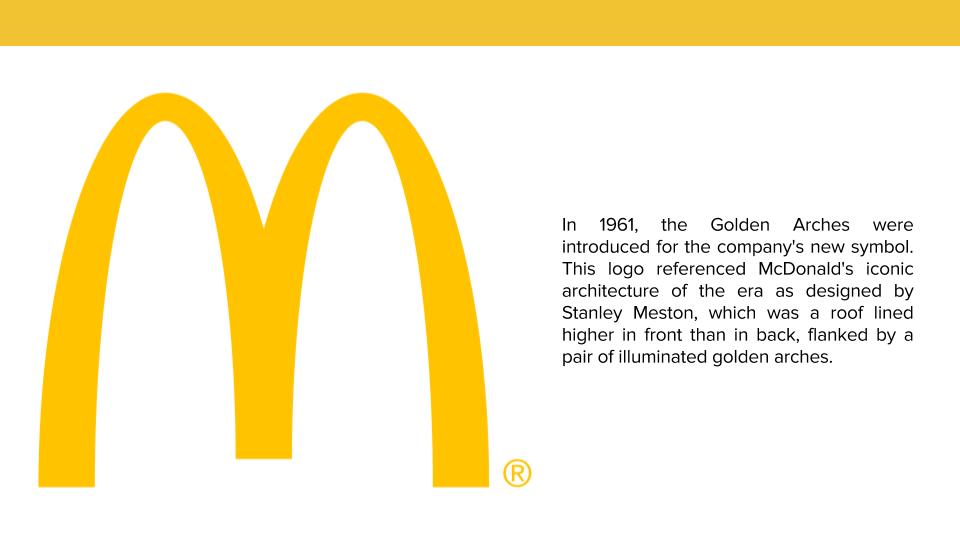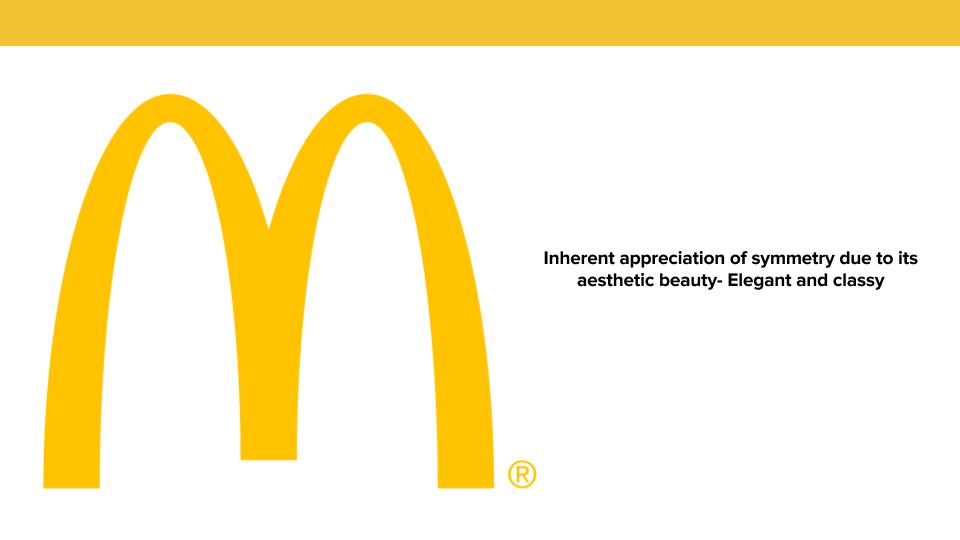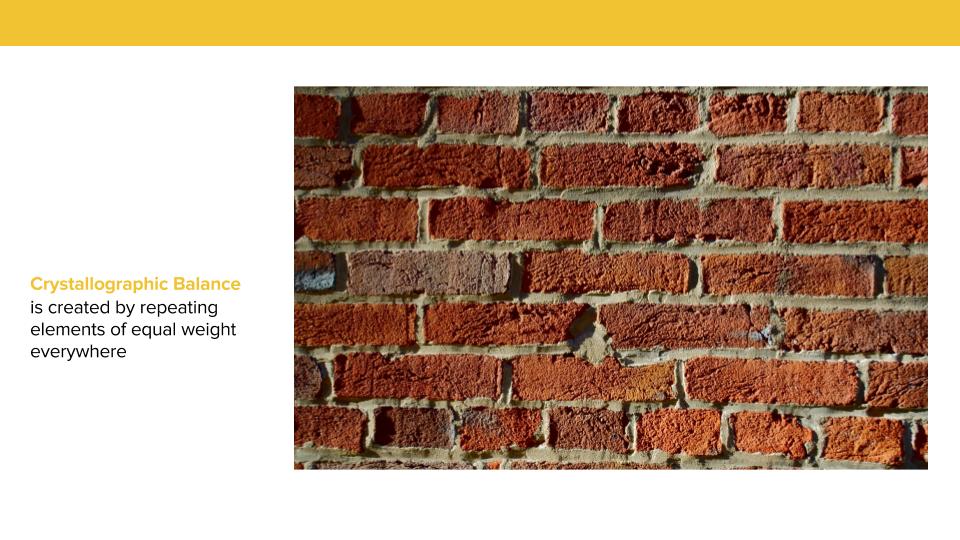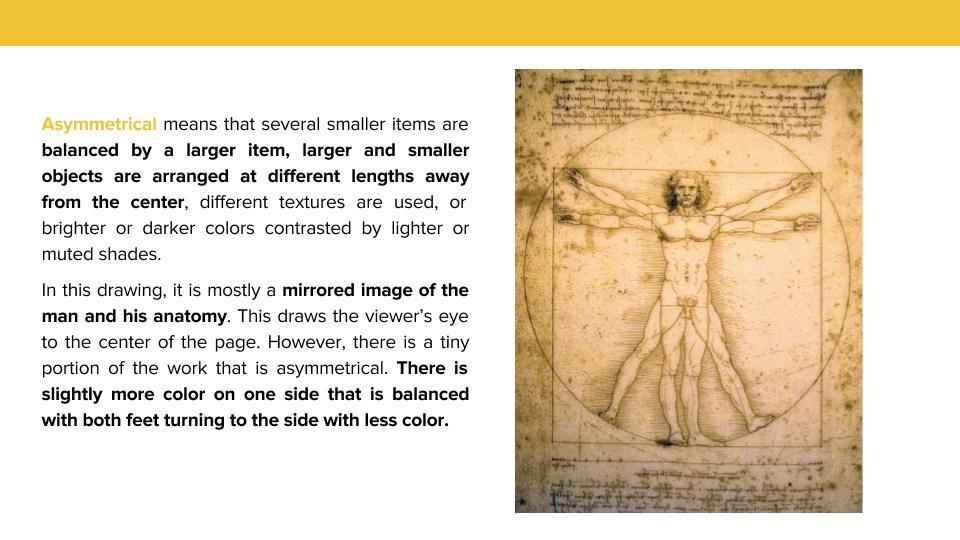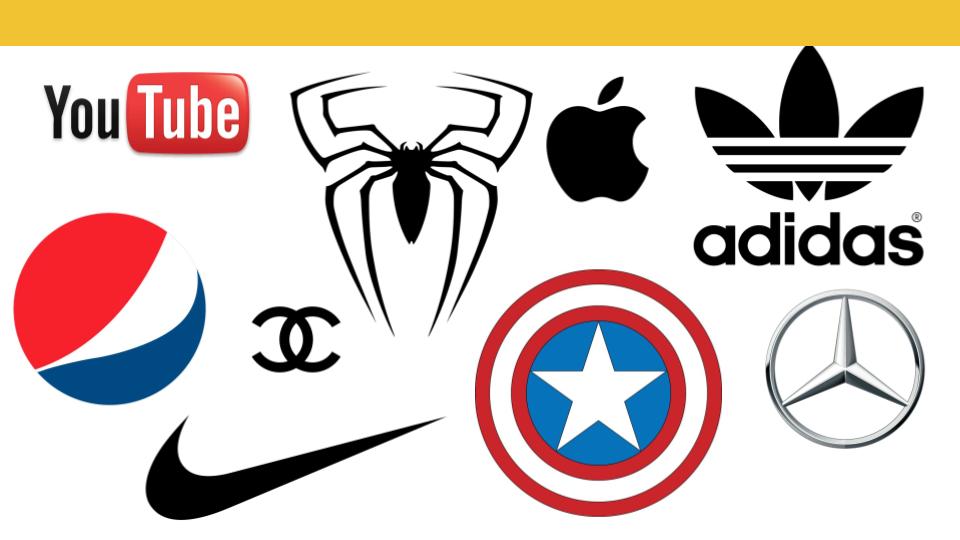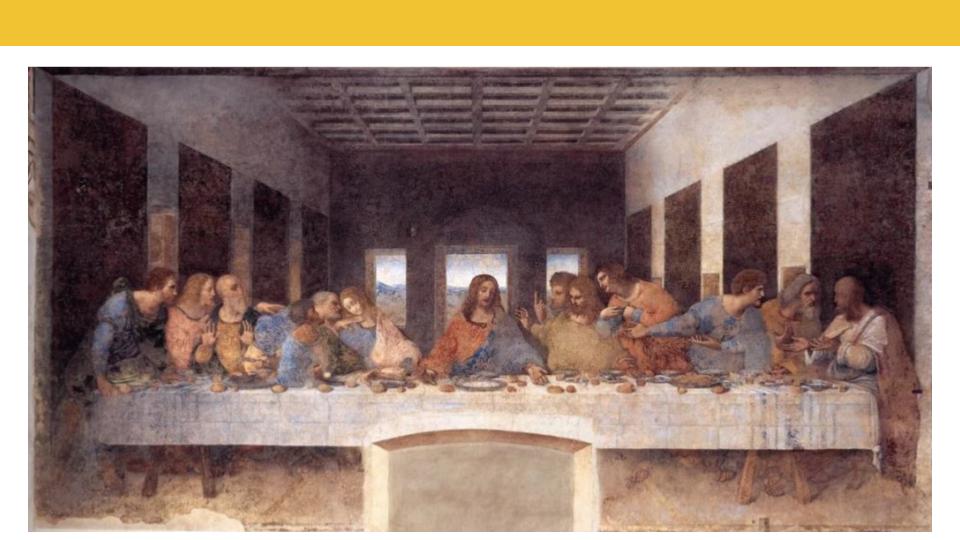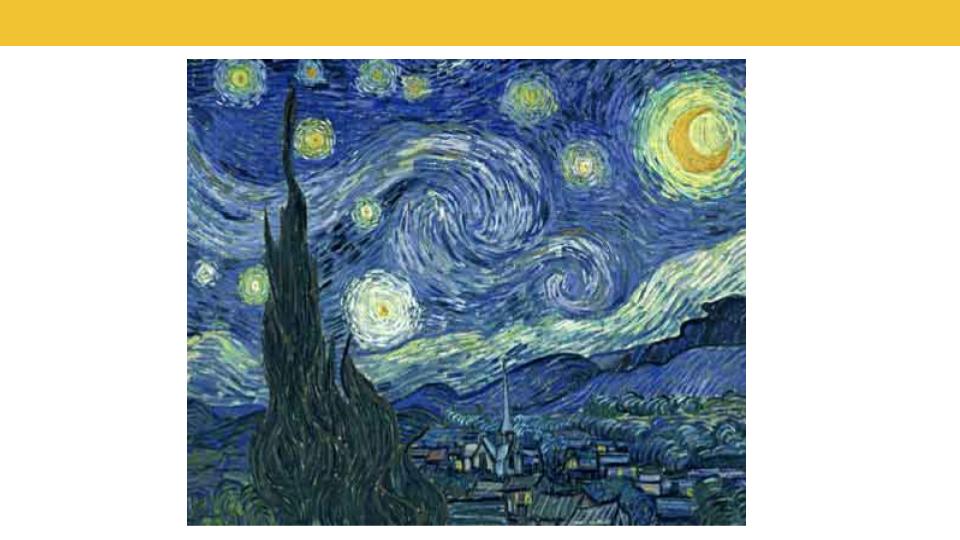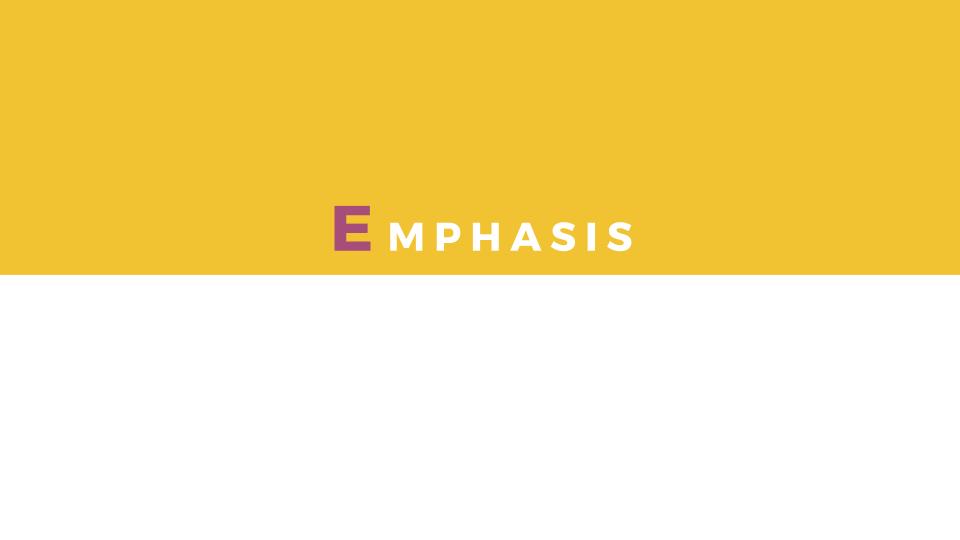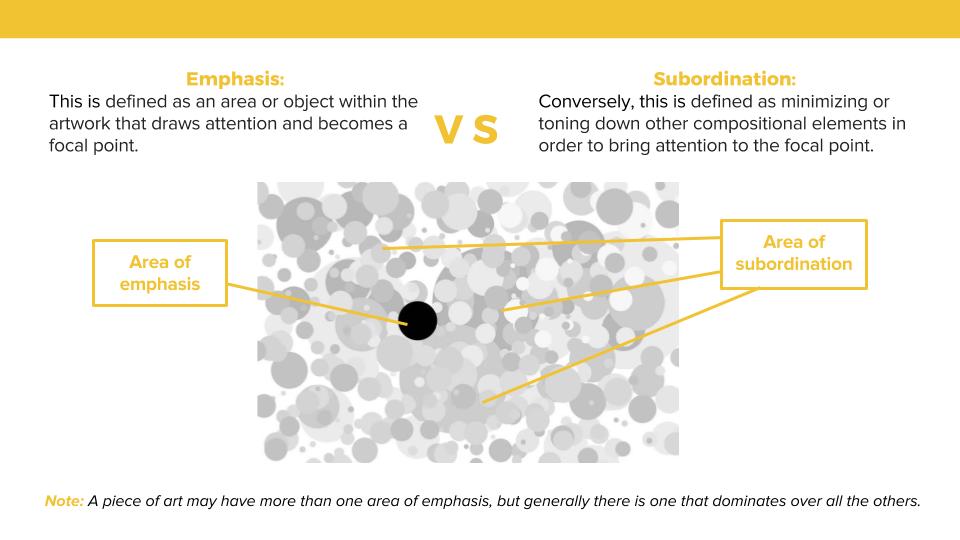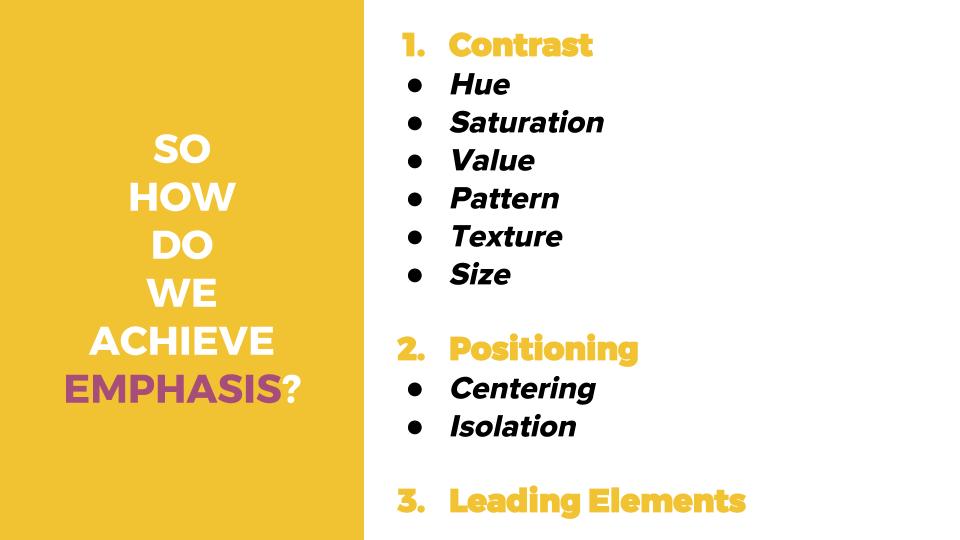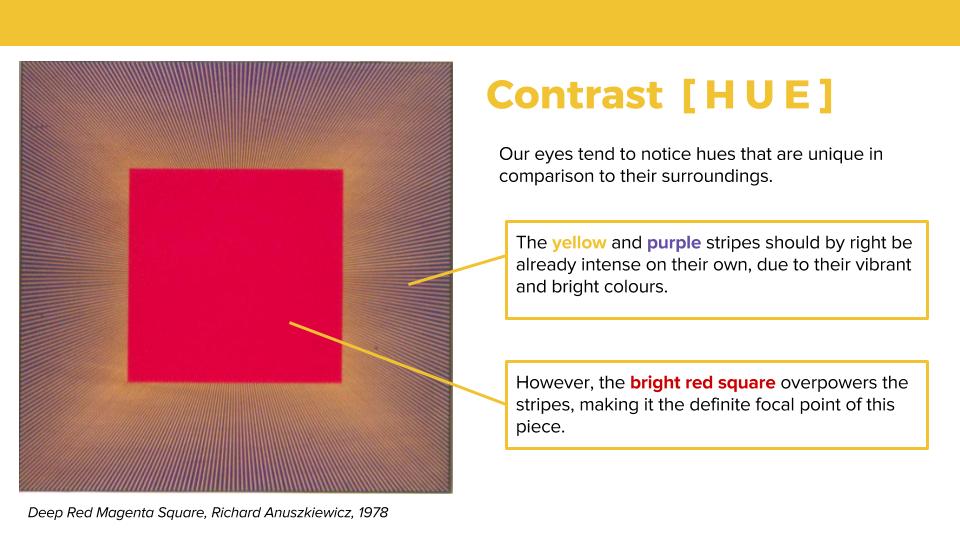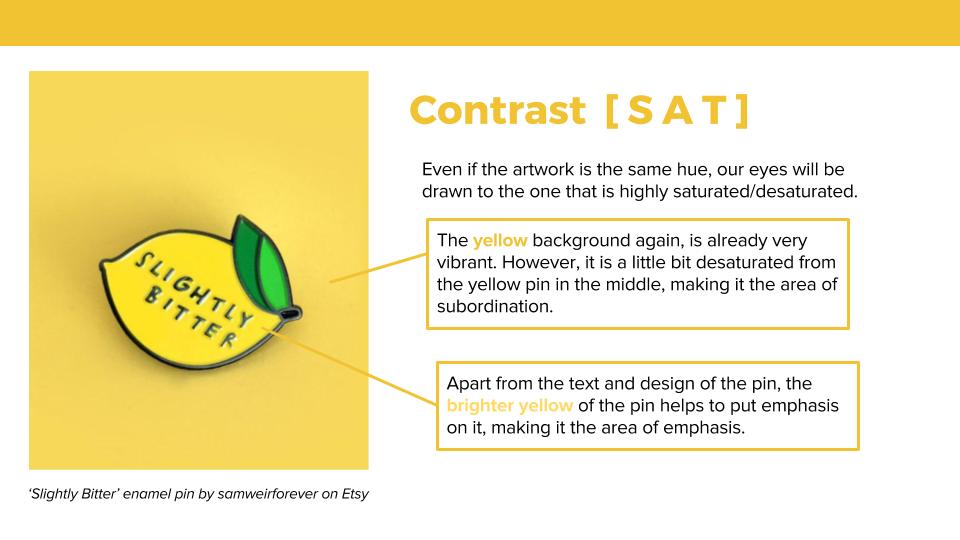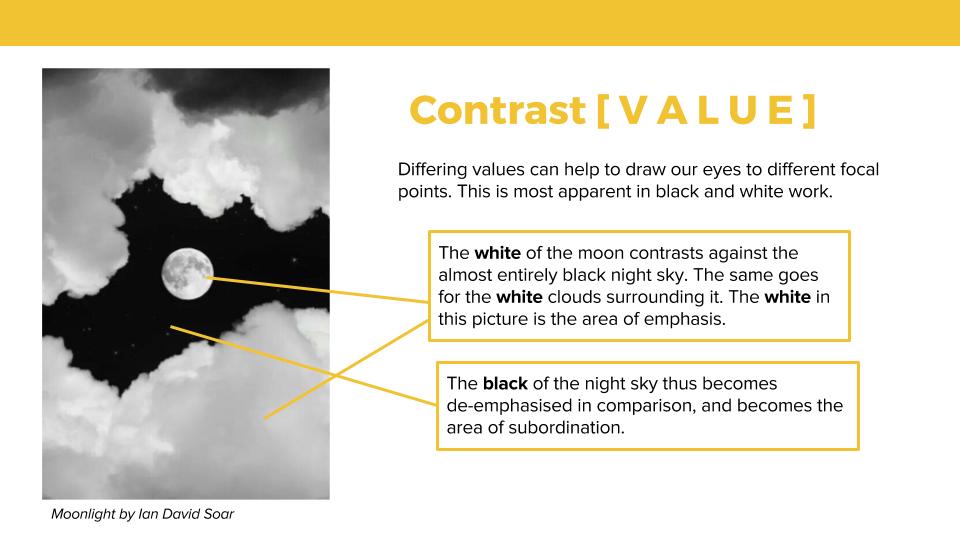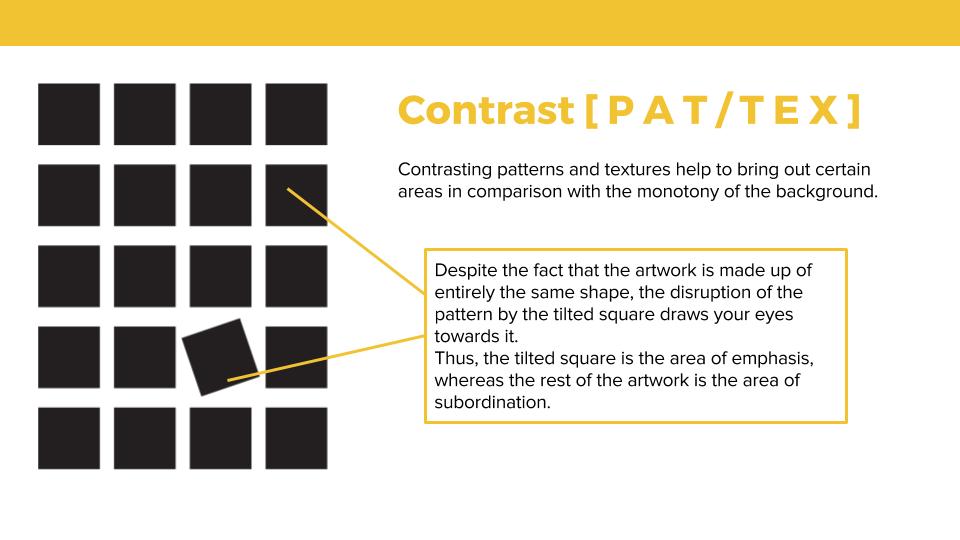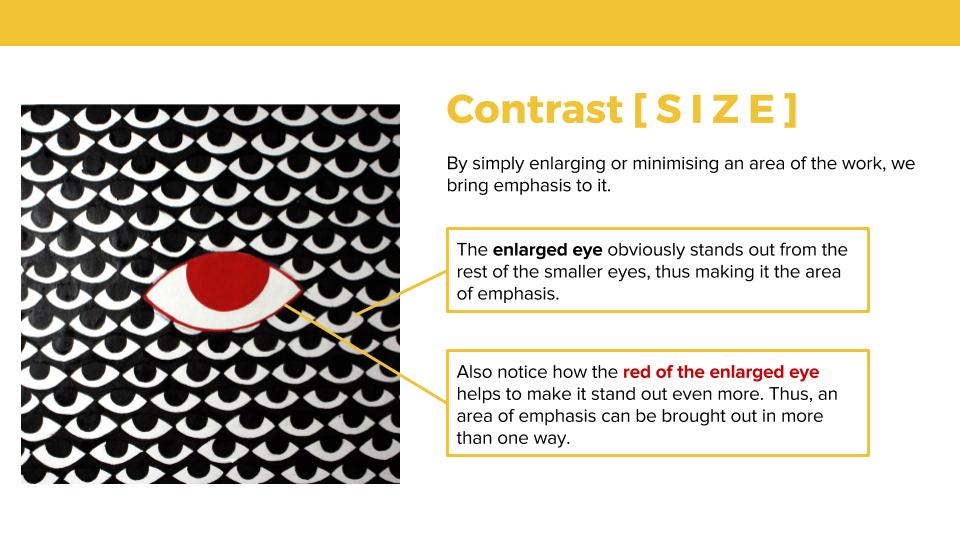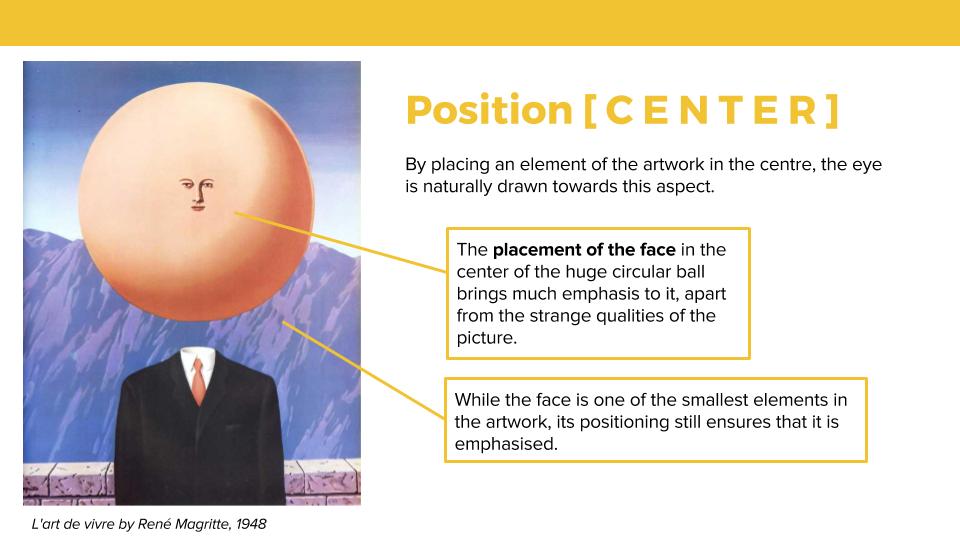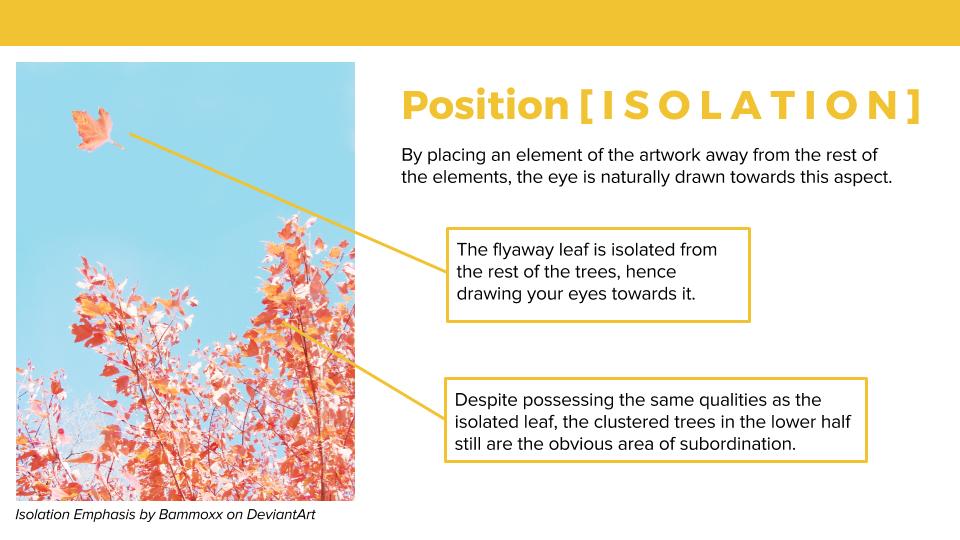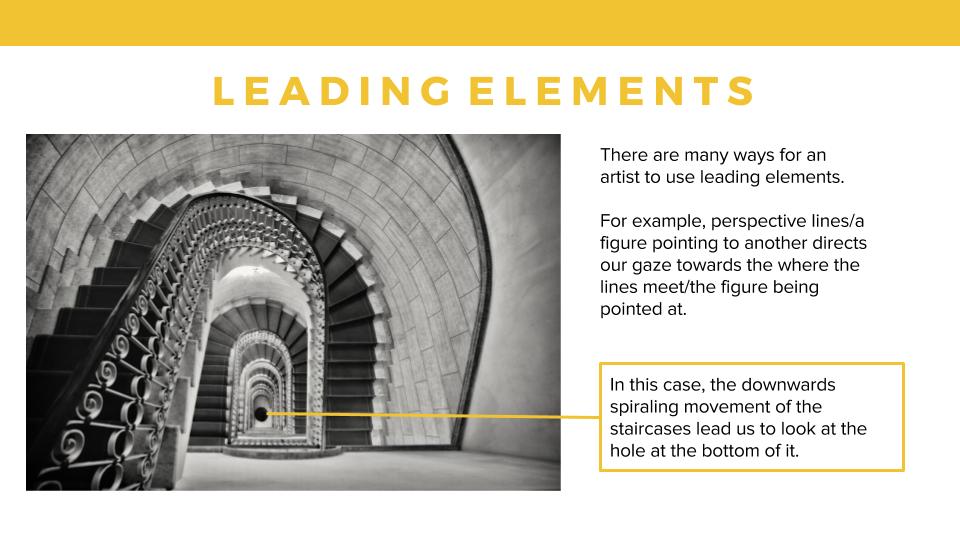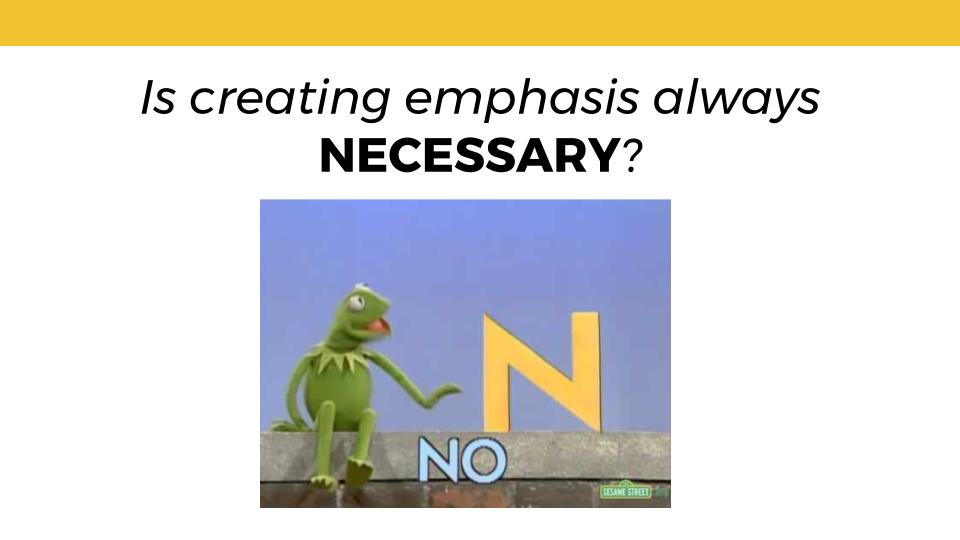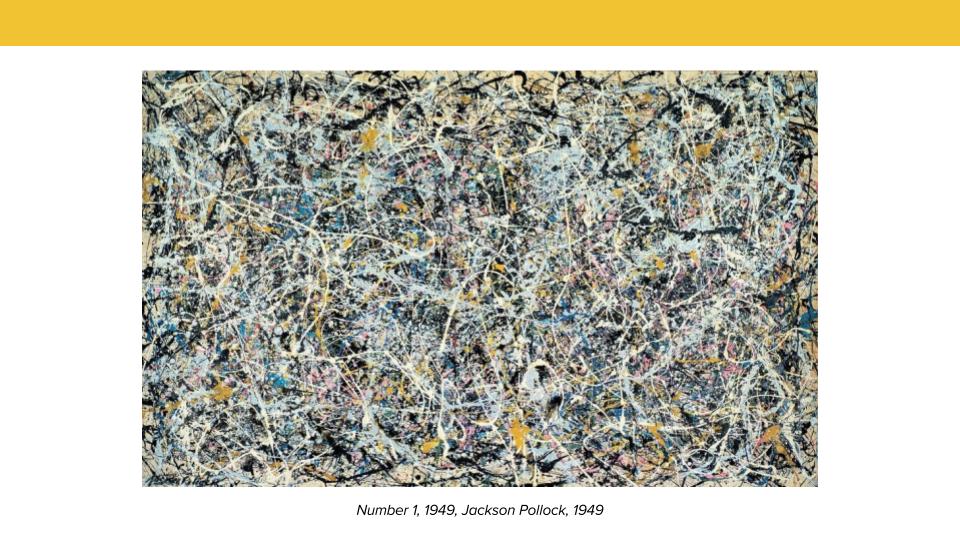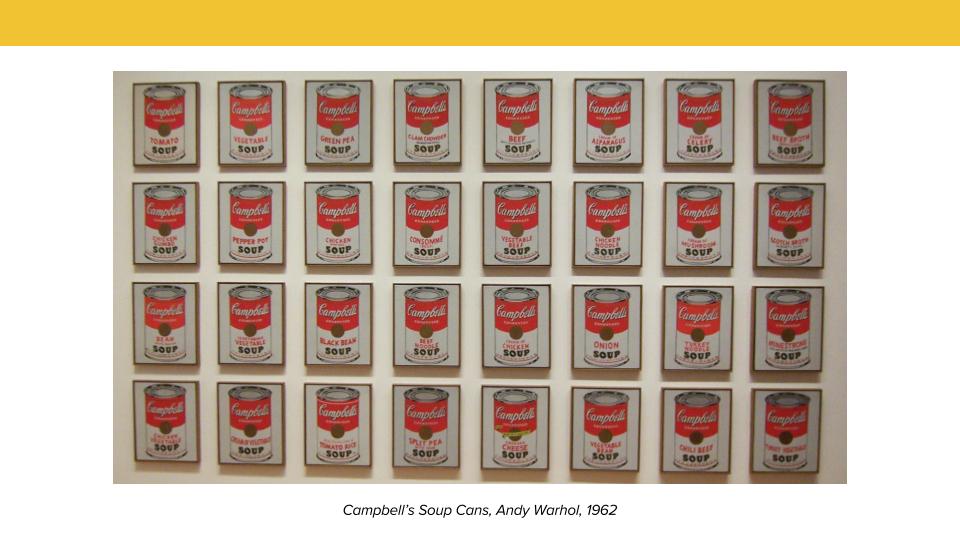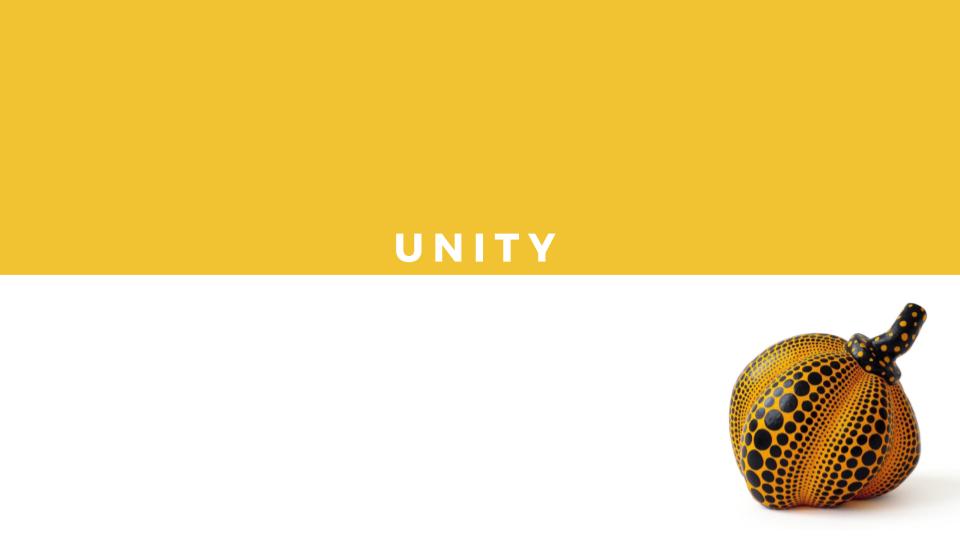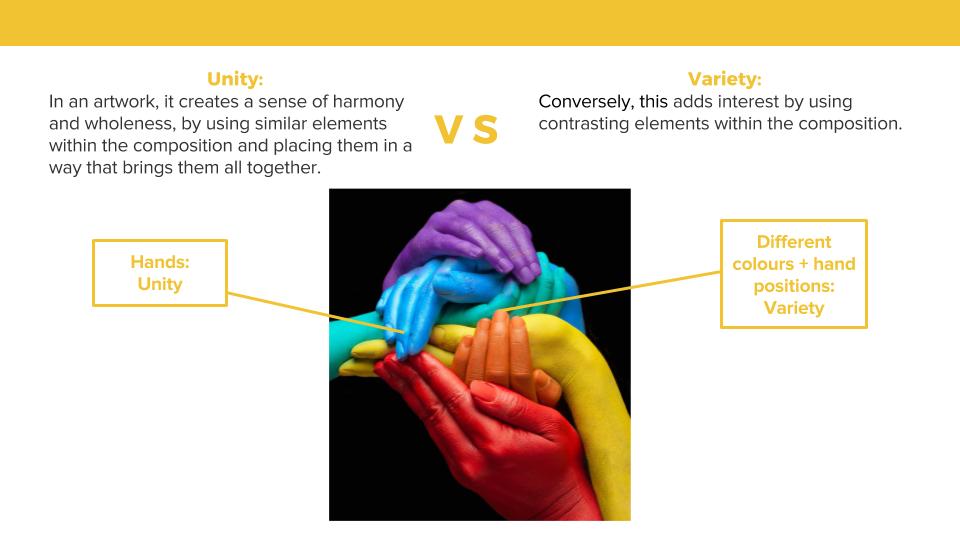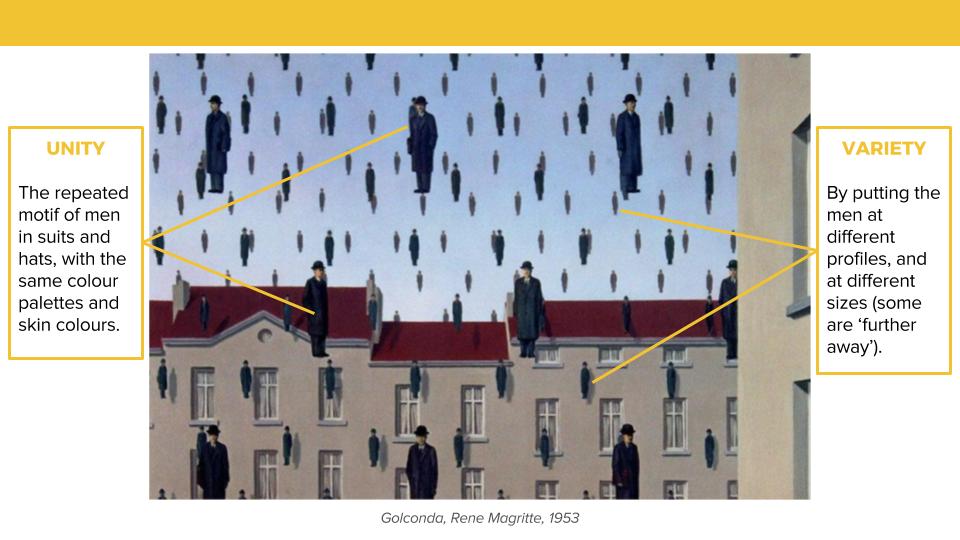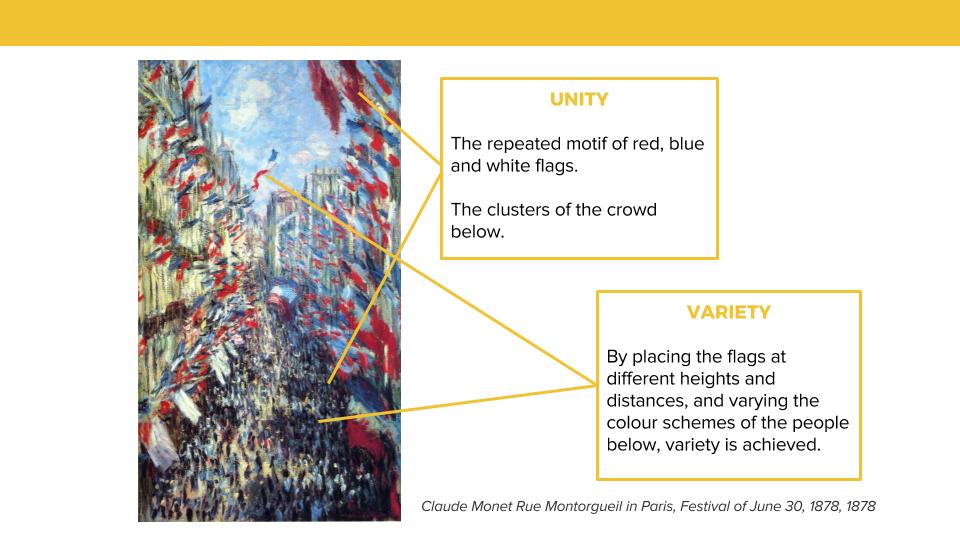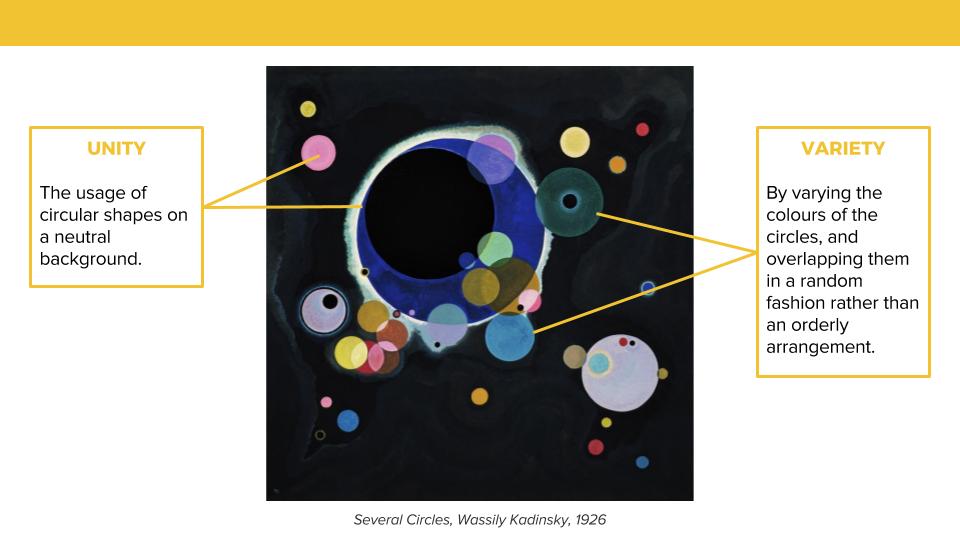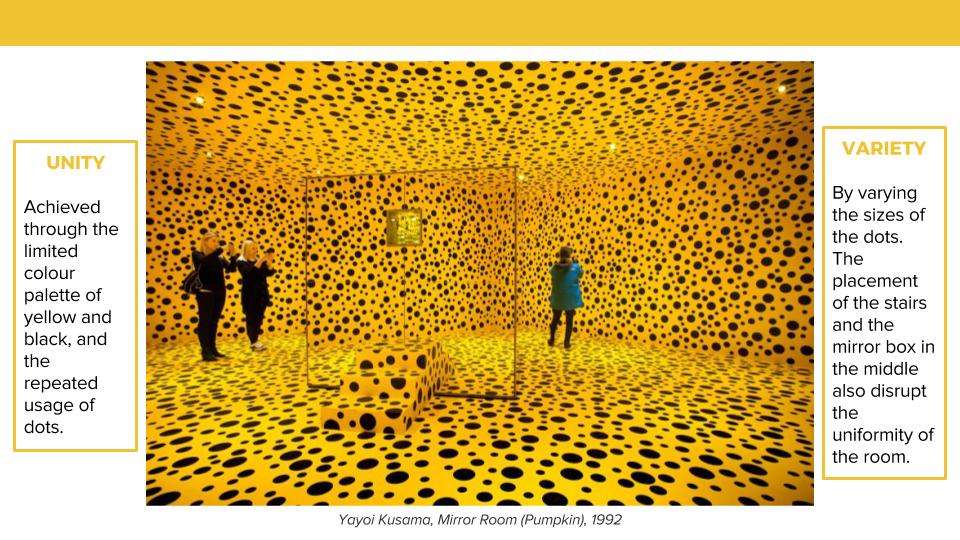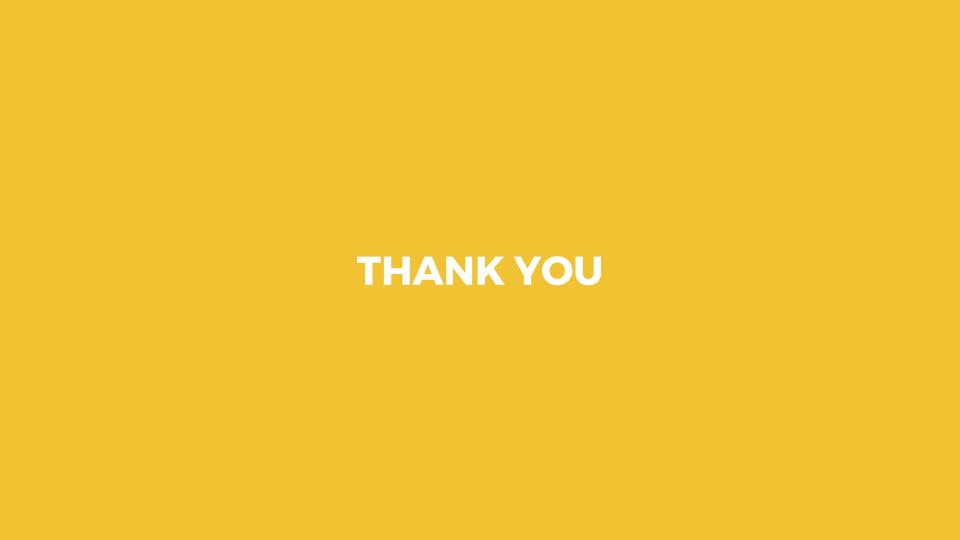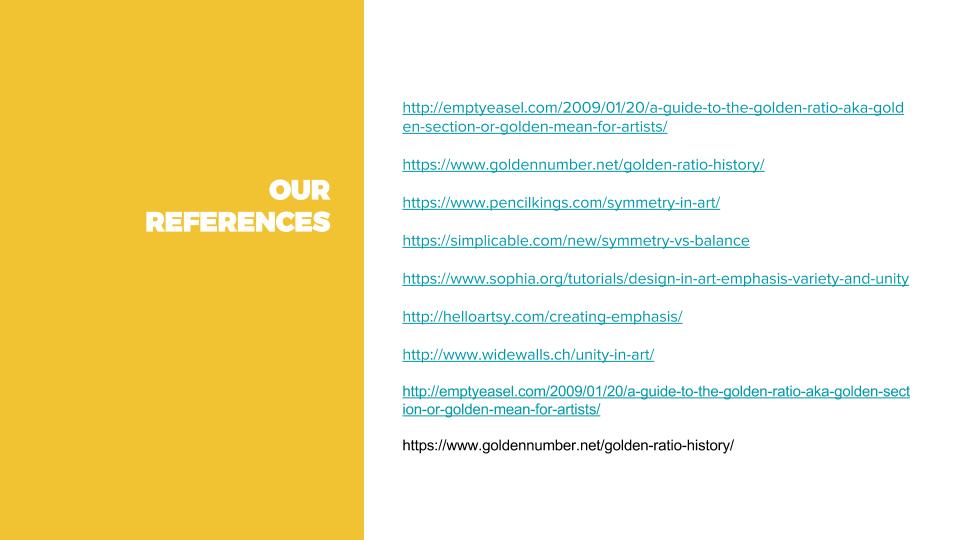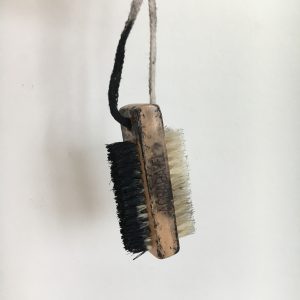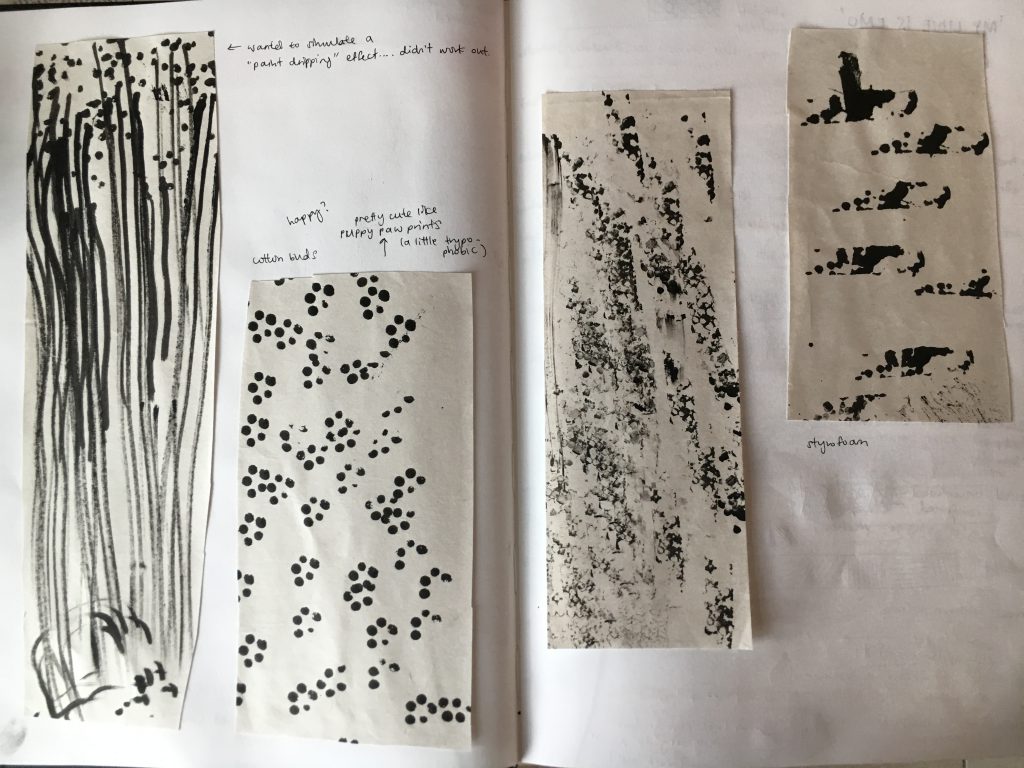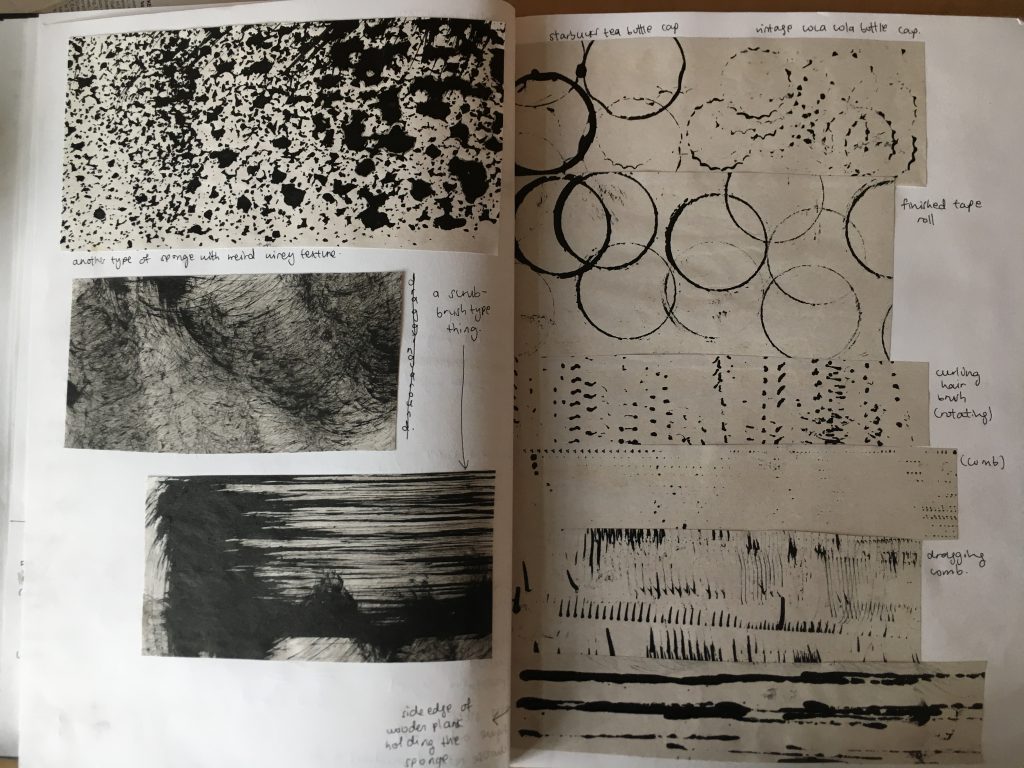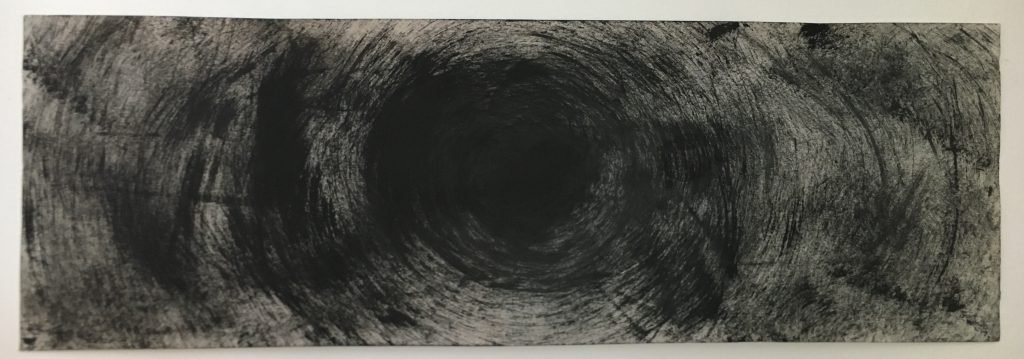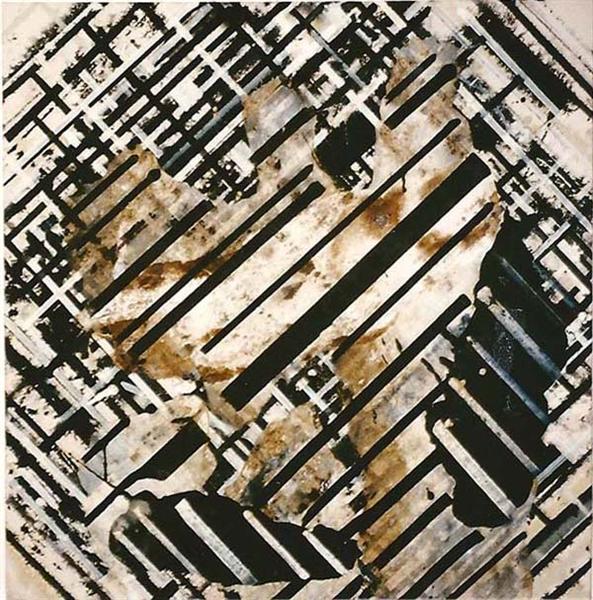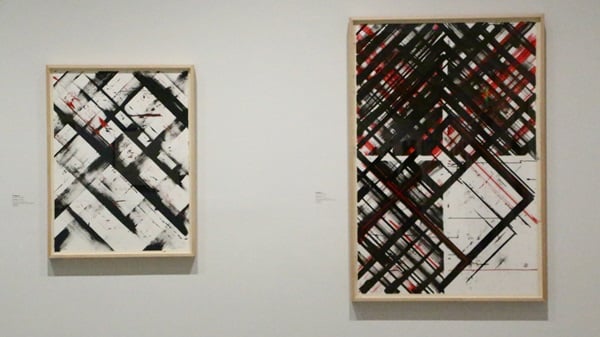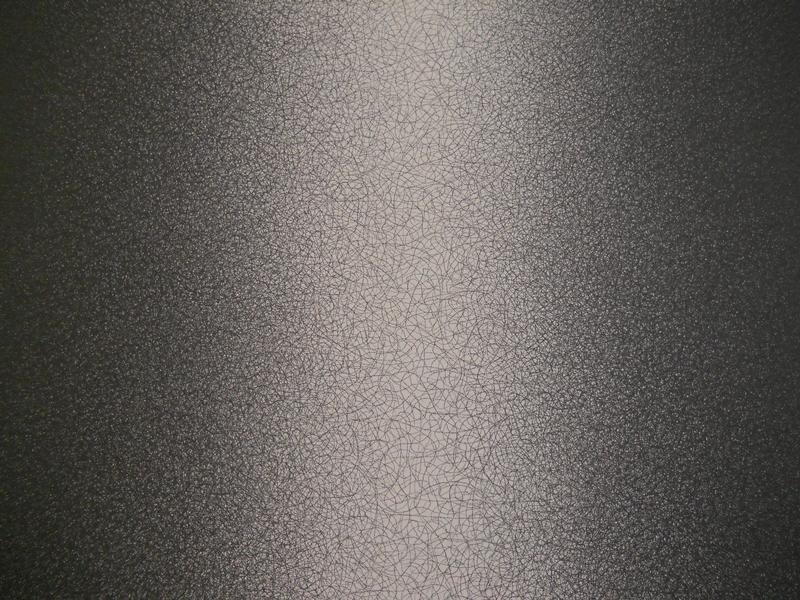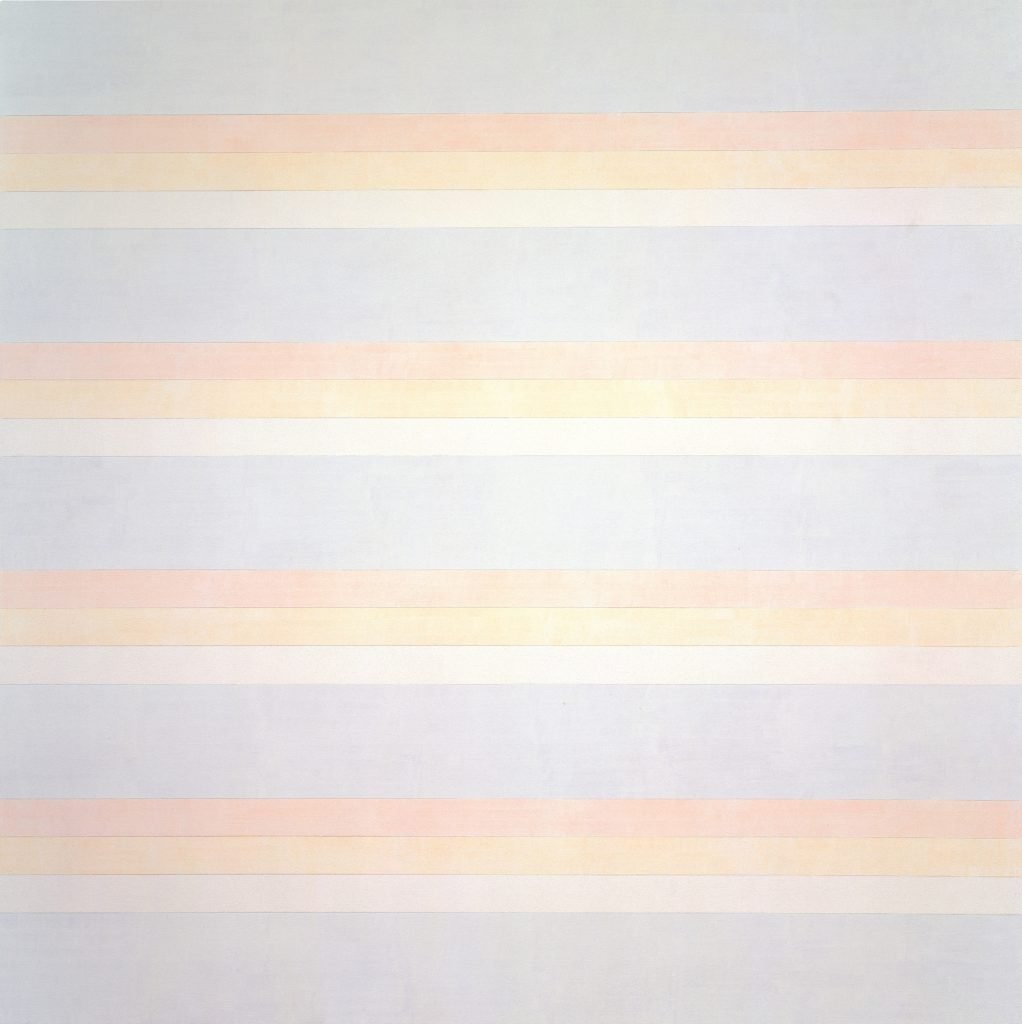P.S. This post was privately drafted really early, which is why the posting date is on the 9th of October...
In this post you will find:
- Final compositions
- Silkscreen process
––
FINAL COMPOSITIONS
After compiling an entire list of quotes, I decided on using quotes that would have close to no proper meaning when they stand alone, and give them meaning myself. By doing so, it becomes easier for my interpretation of the quote to not be limited by my understanding of it in context of the movie.
The four quotes that I decided on are from space movies (for no particular reason other than the fact that I really enjoyed these space movies). They are, in order of when I did the compositions:
- “This is space. It does not cooperate.” – The Martians 2015
- “Murph, I love you. Forever.” – Interstellar 2014
- “Gravity can cross the dimensions, including time.” – Interstellar 2014
- “It has been seven days since I ran out of ketchup.” – The Martians 2015
While I brainstormed on the concepts that I wanted to bring across through my compositions, I then decided on two things – to use animal symbolisms across all my compositions, to bring out individual concepts in each one. This is so that I would be able to explore varying concepts through this project without limitation, while still tying them all back together as one series.
Here are my final four compositions:
- “This is space. It does not cooperate.” – The Martians, 2015
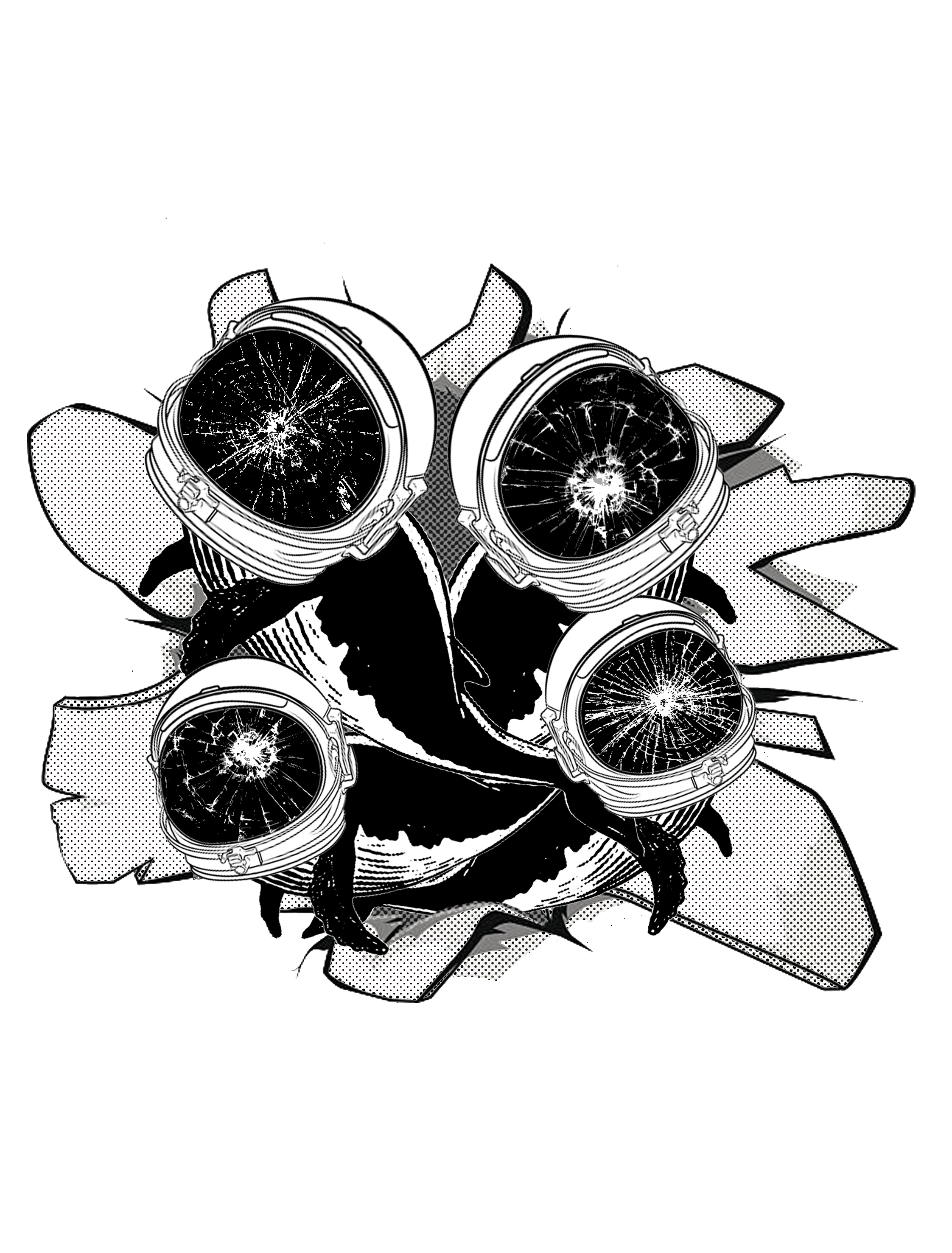
Reading this quote without context, the first concept that came to mind was the idea of claustrophobia, where the lack of physical space causes fear in beings, therefore being ‘uncooperative’. From here, I decided to use whales in the composition, knowing that whales are humongous animals that live in wide spaces (i.e. open ocean) and would suffer in small spaces. In short, the final concept I decided with was the idea of suffocation in confined spaces.
To present the idea of breaking free from a small space, I put a cluster of whales appearing to burst out of a hole into a larger space, seen by how the whales are heading in outward directions, showing that there is freedom in choice of direction.
I decided to put astronaut helmets on the whales, with the original idea that the whales are suffocating with their heads wrapped up, while tying the composition back to the movie at the same time. However, seeing that the whales looked more comfortable than suffocating in the helmets, I then tried to wrap plastic bags around their heads to imitate the idea of sea turtles choking on them, which didn’t work out so well. Hence, I then came up with the idea of using cracks on the helmets to show the pressure put on the whales when they were trapped in the small space.
Playing with the double idea of space where space can also refer to outer-space, the astronaut helmets on the escaping whales also give the idea that the whales are escaping from a confined, physical space, to outer-space which literally has a LOT of space. Space-ception.
Finally, I decided not to put anything in the background that would essentially show the border of the composition. This was to play with the physical print space itself, to show that the whales are breaking out into indefinite space (apart from the end of the A4 paper, which I cannot avoid).
–
2. “Murph, I love you. Forever.” – Interstellar, 2014
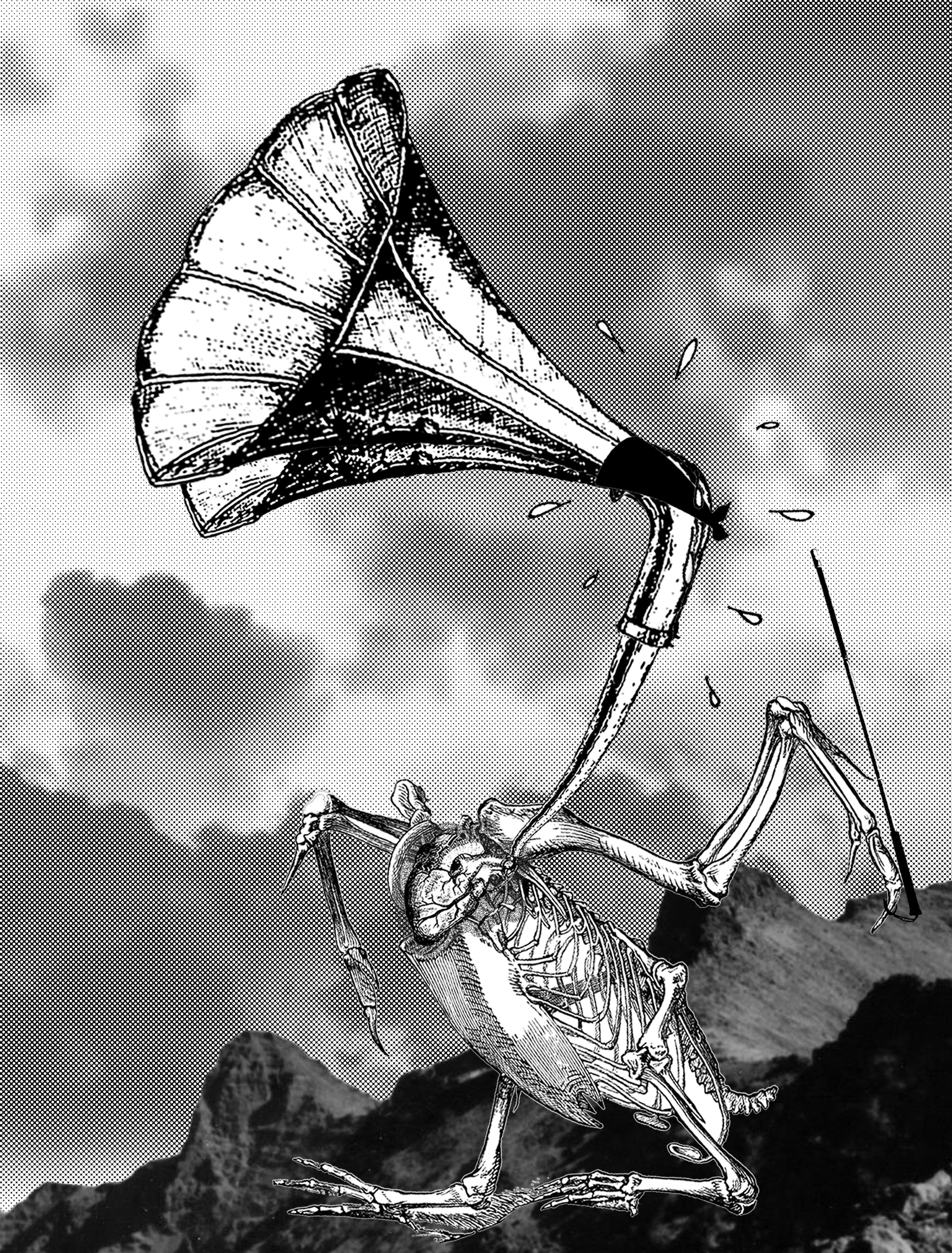
This composition was a result of 14 different ones (shown during consults), that I shall not include in this post because it would probably make it 50 times longer…
Murph is the name of the character in Interstellar, standing from Murphy’s Law.
Theoretically, Murphy’s Law means that ‘whatever can happen, will happen’. However, I decided to follow the more commonly known negative connotation that whatever bad thing can happen, will happen. This is so that I can play on the concept where one’s love will still prosper despite every bad happening.
So, the animal to represent love, is the swan. Swans are known to love deeply, the myth being that they only have one partner in courtship, and may suffer from heartbreak and possibly die when their mate passes. They even present love visually, when two of their heads join together, forming a heart.
There is also another myth that swans will sing when they are dying, which is what I brought forth in my composition.
To illustrate how things are going bad for the swan, I used sweat to show the lack of water which swans cannot survive without, as well as a skeleton body to show how the swan is dying.
The large horn (in comparison to the body) connected to the full heart (despite the skeletal body) is to bring across the idea that the swan is singing from its full heart to its loudest ability, despite all these circumstances. I then placed the swan on a mountain, using the sky to make it clear that it is high above the ground, to show how the swan is singing high up from the mountains – therefore singing very, very loudly.
To carry the idea that love is blind, hooked onto the swan’s wing is a blind cane turned into a orchestra/ choir conductor’s baton, to dramatise the loudness of the singing even further. The swan is then blindfolded, literally to say that the swan is blind, but still declaring its love.
–
3.”Gravity can cross the dimensions, including time.” – Interstellar, 2014
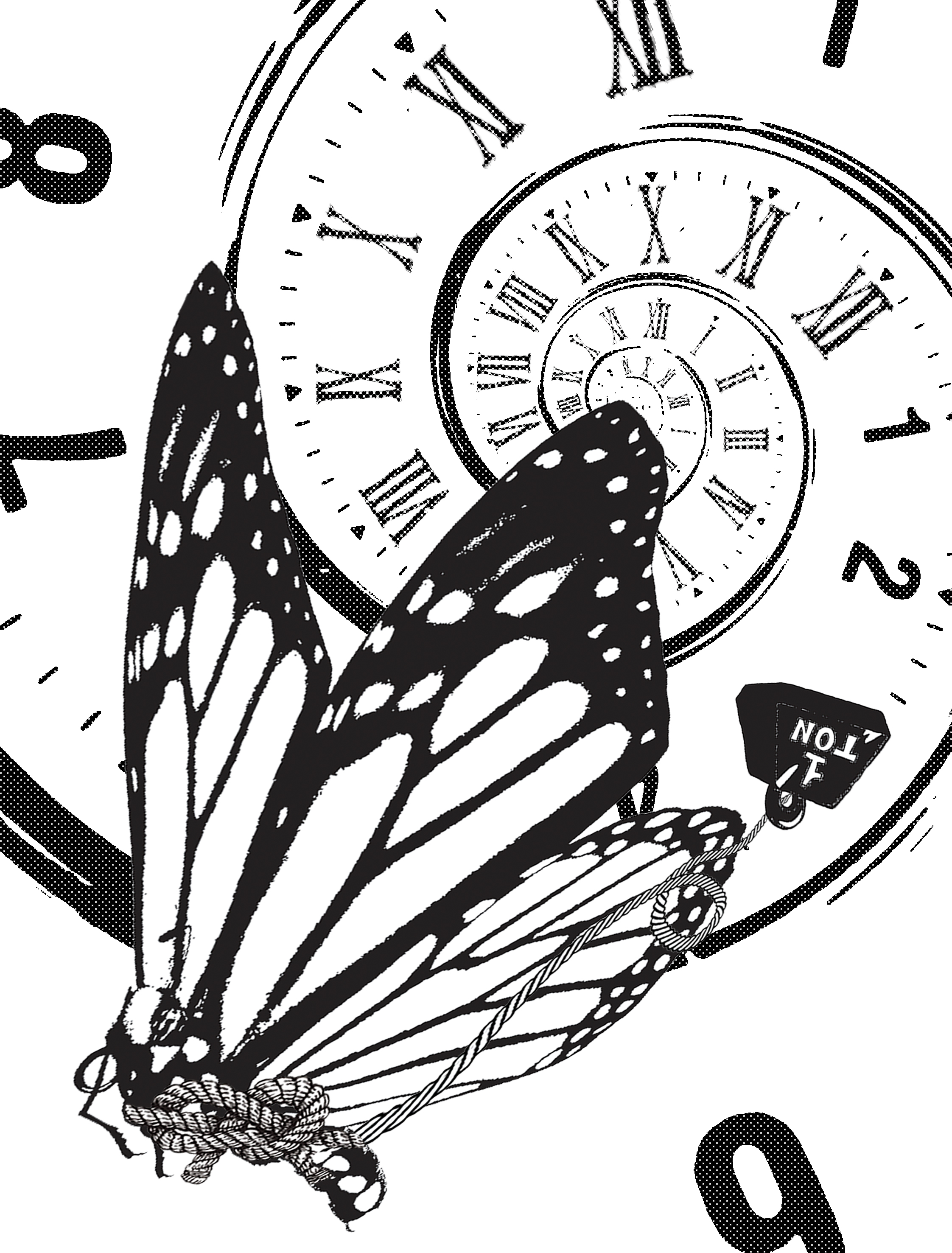
Initially, I wanted to use an elephant to represent gravity, since it is widely known as one of the biggest and heaviest mammals.
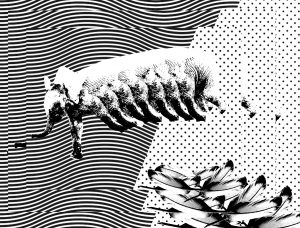

However, coming up with the concept of freedom for this composition, I decided to use the opposite instead – an extremely light-weighted butterfly. So, scrap the elephant.
The idea is the contradiction of the weight. While the 1 ton weight, representing gravity, is the thing that is allowing the butterfly to cross the dimensions, the butterfly is instead being freed by this weight instead of being held down.
As I searched for inspirations on how to represent dimensions, I came across many visuals of warped, illusionistic backgrounds consisting of 3D features, like so:
Drawing inspiration from these images, I decided to make a 3D-like spiral where it gets blurry in the centre, to show how the butterfly is flying through it and out towards the viewer.
To include the idea of travelling through time, I originally tried floating numbers around the entire composition. However, seeing that the numbers became a distraction from the butterfly, I decided to make the spiral dimension become a clock that goes from roman numerals to modern, to show how the butterfly is travelling from the past to present/future.
–
4. “It has been seven days since I ran out of ketchup.” – The Martians, 2015

Being my last composition, I decided to go crazy with the concept. I struggle to put the meaning behind it into words, so forgive me if it gets confusing!
Originally, I wanted to make a composition so literal out of the quote that it would no longer be realistic – using a Cheetah as the fastest running animal, running across a calendar over a week without its legs, with a trail of fading ketchup behind it to show how it’s literally “running out of ketchup”.
Then, I wanted to add a concept. The original concept was poverty, since the quote suggests a lack of food. When I think of poverty, the first thing that comes to mind is this photograph that went viral in 1993, after which the photographer committed suicide out of guilt:
Hence, I added a vulture’s claw and changed the running Cheetah to a dying one, to represent the sight of a vulture waiting for its prey to die. To make things surreal, the vulture is pouring out the contents of the ketchup bottle, which in turn represents the blood of the dying Cheetah.
Normally, a vulture preys on smaller, weaker animals, rather than strong animals. Hence, from this, along with the idea that the ketchup represents blood, came the next concept that even the strongest ones will eventually run out of blood, and die.
To break it down for easier understanding, here are the symbolisms:
- Long road:
In place of using a clock/numbers to represent time (‘7 days’) as I already did in another composition. The cheetah has run so far, and has come a long way.
To emphasise the distance and make a bit of a 3D effect, I played with the halftones, where the further the road gets, the more blurry it gets.
– - Dying cheetah:
The fastest running/ strongest animal in its family, coming to its end.
– - Empty ketchup bottles:
The cheetah has gone through all this blood, and has only so much left to survive, hence dying. Also to make it clearer that the bigger bottle is ketchup, since the label is being covered by the claw.
– - Vulture pouring ketchup:
The vulture is emptying the last of the cheetah’s blood, hence waiting for it to die. The claw marks on the cheetah is to make a relation between the vulture as the predator and the cheetah as the prey, tying it back to the concept of poverty.
So here, in the final composition, is a concept out of a concept out of a concept that I hope you managed to grasp.
––
After completing my compositions, I realised that my compositions draw many similarities to that of Salvador Dali’s surrealistic works, such that he also often uses animals as symbols. More specifically, I realised that he also used a trumpet horn to replace an elephant’s head and butterflies in many of his compositions… What can I say? Great minds think alike. Just kidding.
–
SILKSCREENING PROCESS
The composition that made it to the tote bag is the one with the whales, since it was the first one I started and finished on. Here’s the final tote print:
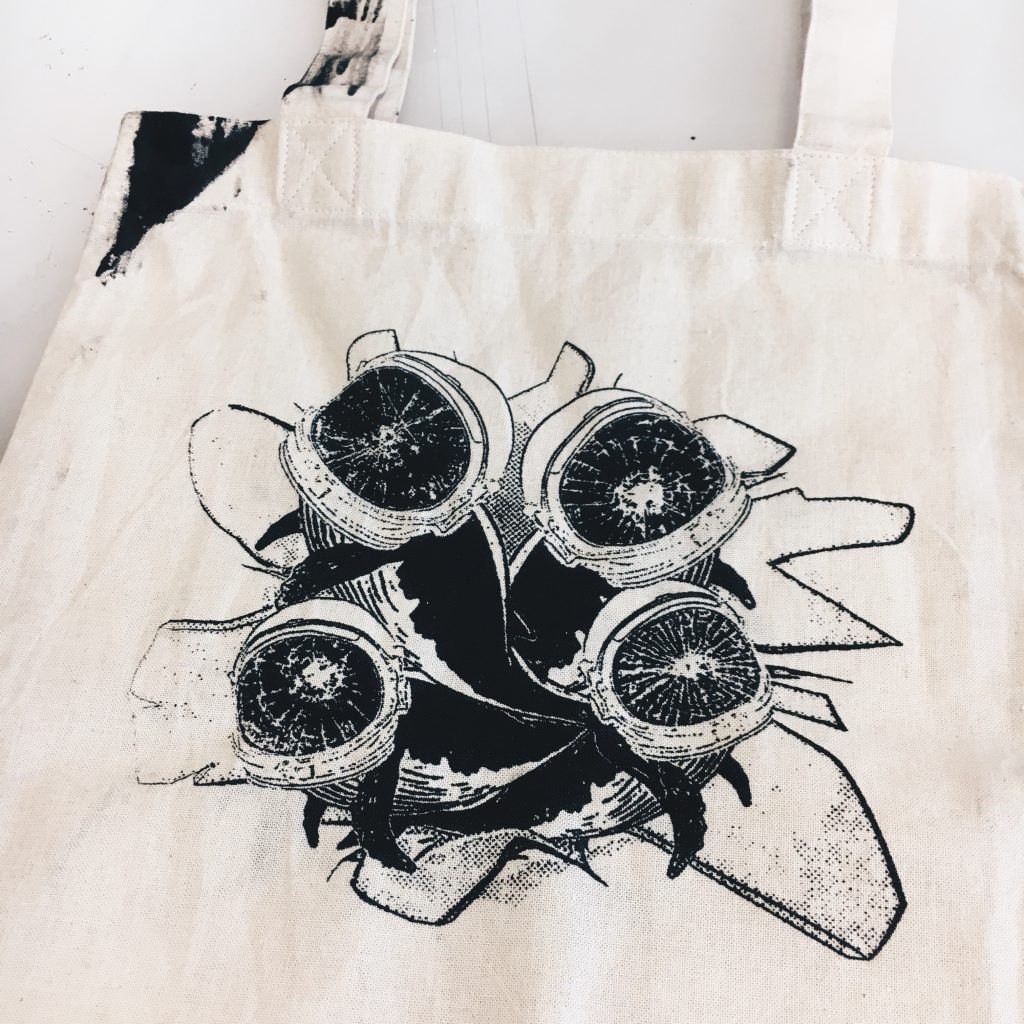
The First Attempt
Bringing my print into the dark room for the first time, I didn’t know what to expect. This was what came out of it:
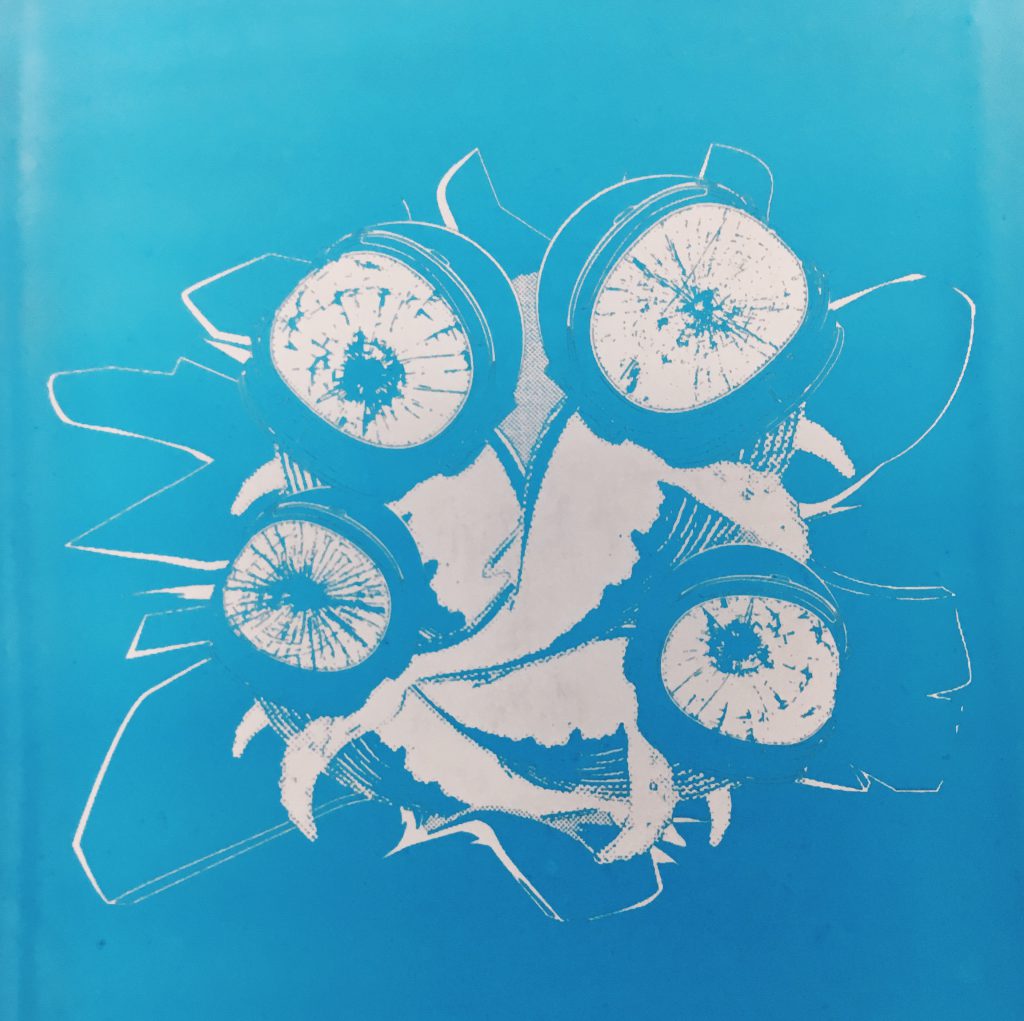
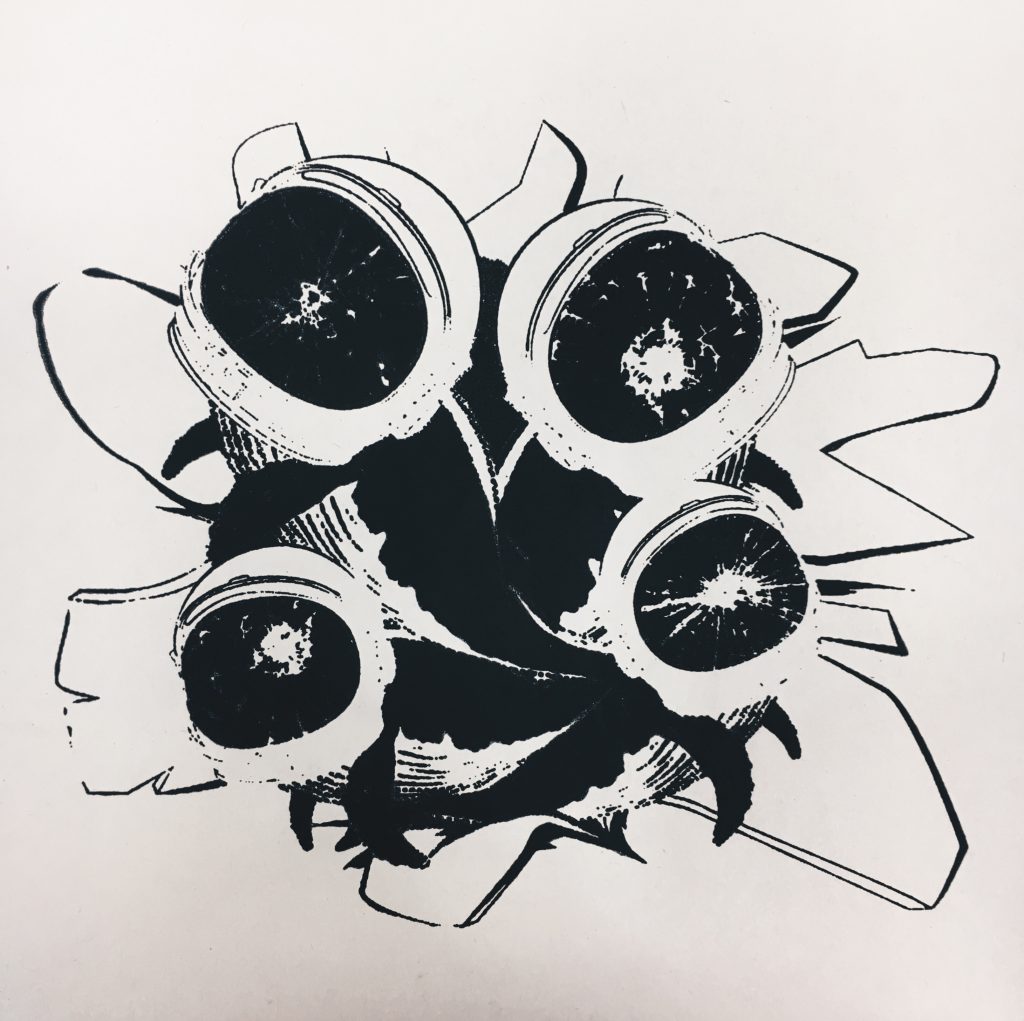
It was only after my first attempt at exposing and silkscreening that I realised I had made a very, fine-detailed composition. As a result, the fine details such as the lines defining the helmet as well as the cracks on the helmet didn’t come out so well after exposure, no matter how much I tried to wash it down.
From there, I went home, thickened the lines, added halftones to the background for some dimension, re-printed my transparency and headed back to the lab. Instead of exposing my screen for 18 seconds, I did it at 21 seconds in hopes for a better detailed print.
From my first attempt at silkscreening, I learnt a few things:
- Make sure your screen is completely DRY before silkscreening it with ink, because it will smudge (unfortunately, I don’t have a picture of this failed attempt).
- What you think is dry may not be dry. Let it dry for as long as you can.
–
The Second Attempt
I exposed my screen to ‘perfection’ on a Monday, testing the silkscreen on both paper and canvas. However, I only returned to silkscreen the final product the following week. I did so because I did not want to risk screening a wet screen, no matter how minimally wet it was. I also refrained from washing my screen in the midst of the process, so I had to hope that I could get the perfect print before clogging up the screen with too much ink.
From my second attempt at silkscreening, I learnt a few things:
ON PAPER
- Keep an eye out for detail when washing the screen
- Don’t use too much ink/ overdo the squeegee
ON CANVAS
- Make sure to apply E Q U A L pressure throughout the entire swipe of the squeegee
- What you think is equal may not be equal. Pray for the best.
Keeping an eye out for detail:
First silkscreen on paper:

I had a heart attack, thinking that I had exposed the screen for too long, causing the details to be destroyed. Then I realised I just didn’t wash my screen properly… Haha. What I didn’t realise was that it takes a much longer time to wash off the blue ink when the screen has been exposed for a longer time (I spent a significantly longer time at the sink compared to the first attempt, despite the minor changes in design).
After washing the screen some more, I tried printing it again:
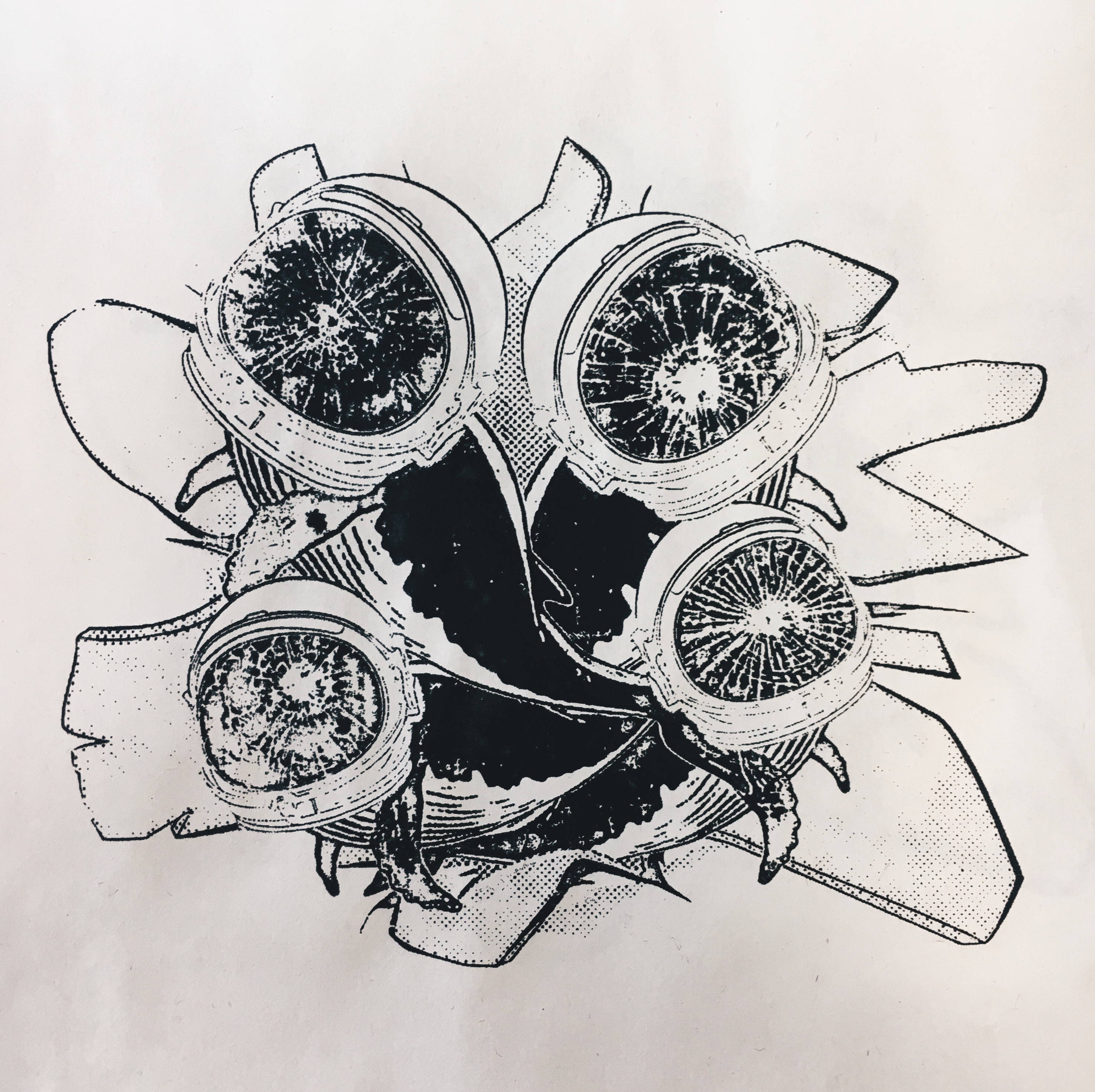
Nope. Still not washed enough! The helmet and its cracks are almost there, but what took me awhile to realise was missing were… THE FINS!!! Where are my poor whales’ fins? However, in this print, I really liked how the lines turned out where there’s not too much or too little ink, and neither were they smudged.
Don’t use too much ink:
What I also felt worked better for me was to use LESS ink, possibly because I tend to apply a lot of pressure on the squeegee. This was what happened when I used too much ink/ overdid the squeegee:
On paper:
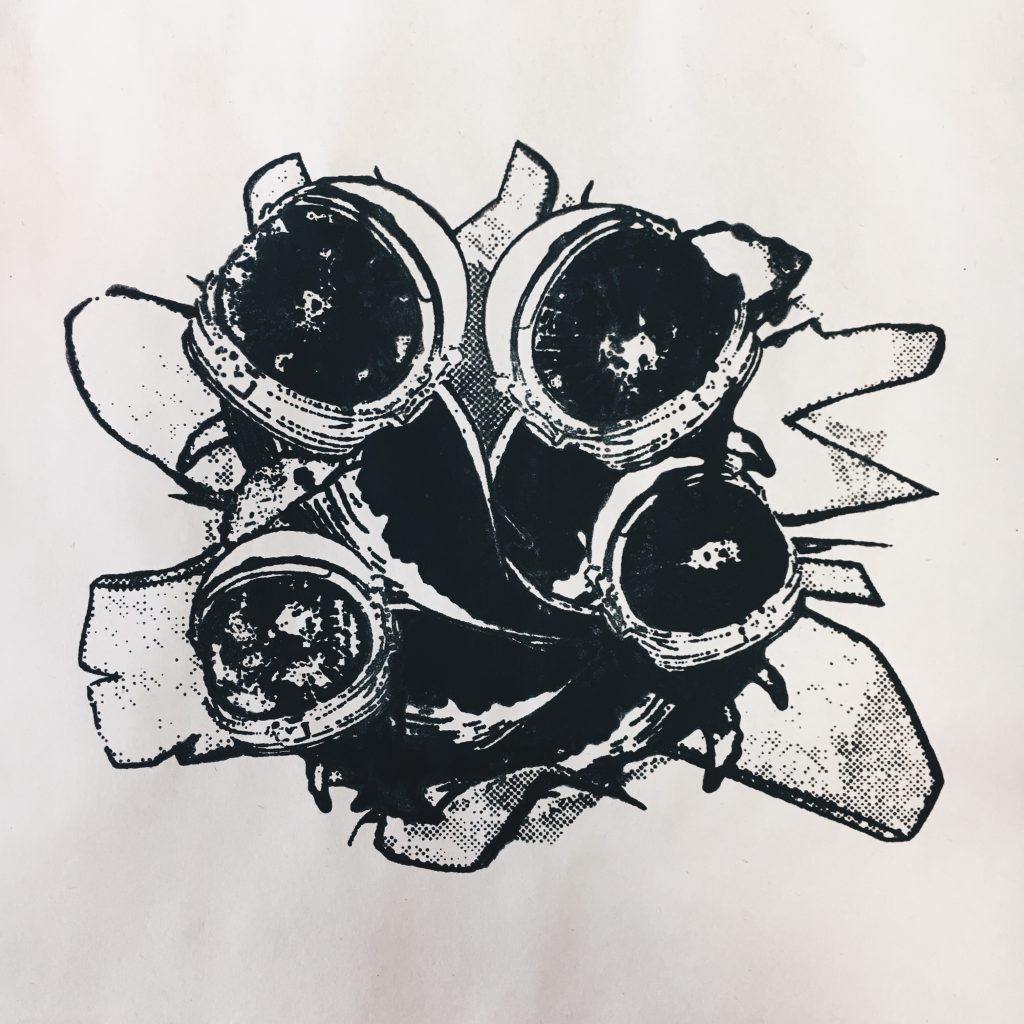
On tote:
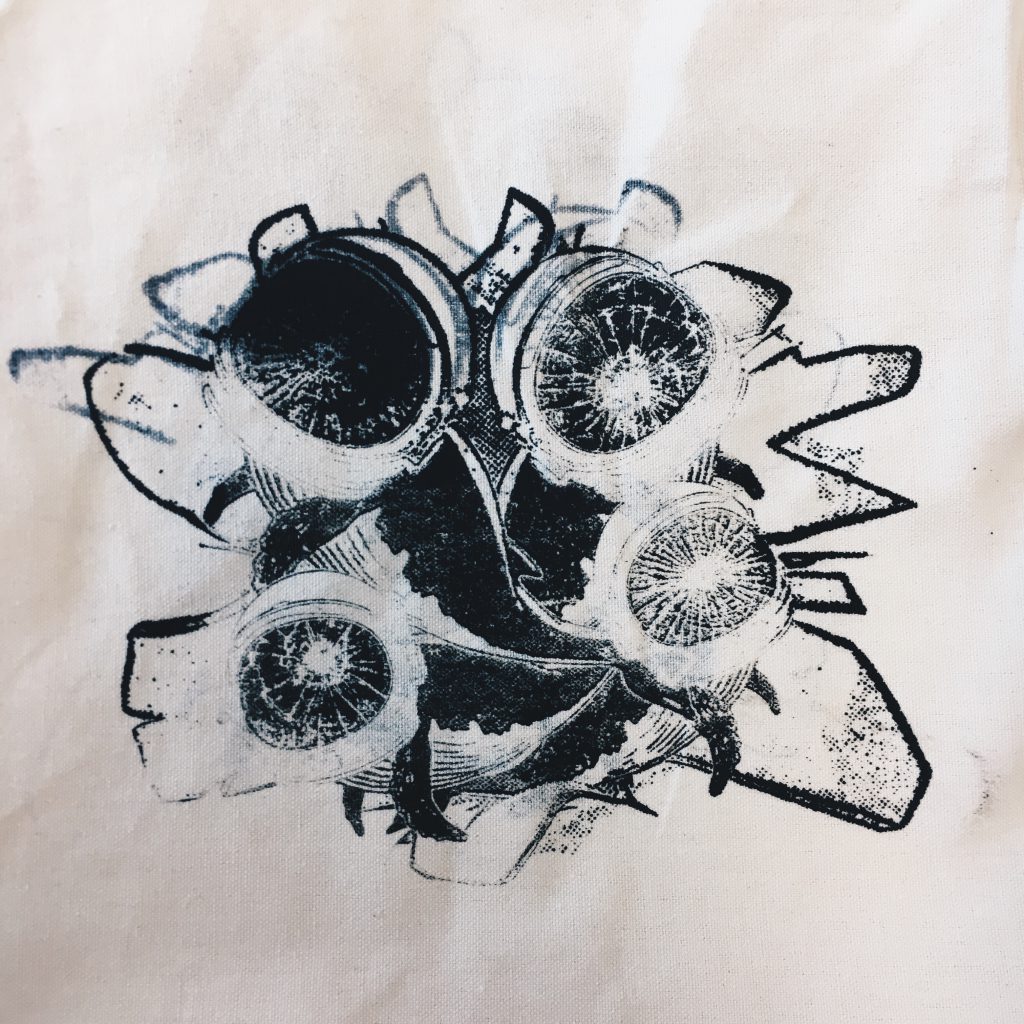
What I got from here was the idea to drain out the excess ink I put on the screen by silkscreening it repeatedly on paper, until I get my desired inked print, then do it on the tote bag with just slightly more pressure.
After re-washing my screen to get my desired details, I left the screen to dry for a week.
The Third Attempt
From all my previous notes-to-self, I came into the studio, ready to print my bag perfectly.
Step 1) Achieve desired amount of ink by repeatedly screening on paper, until the perfect print.
Step 2) Move the screen to the tote bag, and pray for the best.
And as desired, my very first tote print of the day came out as perfect as it could get.
But I guess we can’t always get what we want, because an inked spatula dropped on the corner of my bag right after I printed it. Murphy’s Law, yay!

Because I was so upset with the spatula dropping on the bag, I tried to print it several more times on my spare tote, but the prints got progressively worse, possibly because the holes were clogged.
This was the final attempt before I decided that things weren’t going to get any better and I should just stick to the original printed tote:
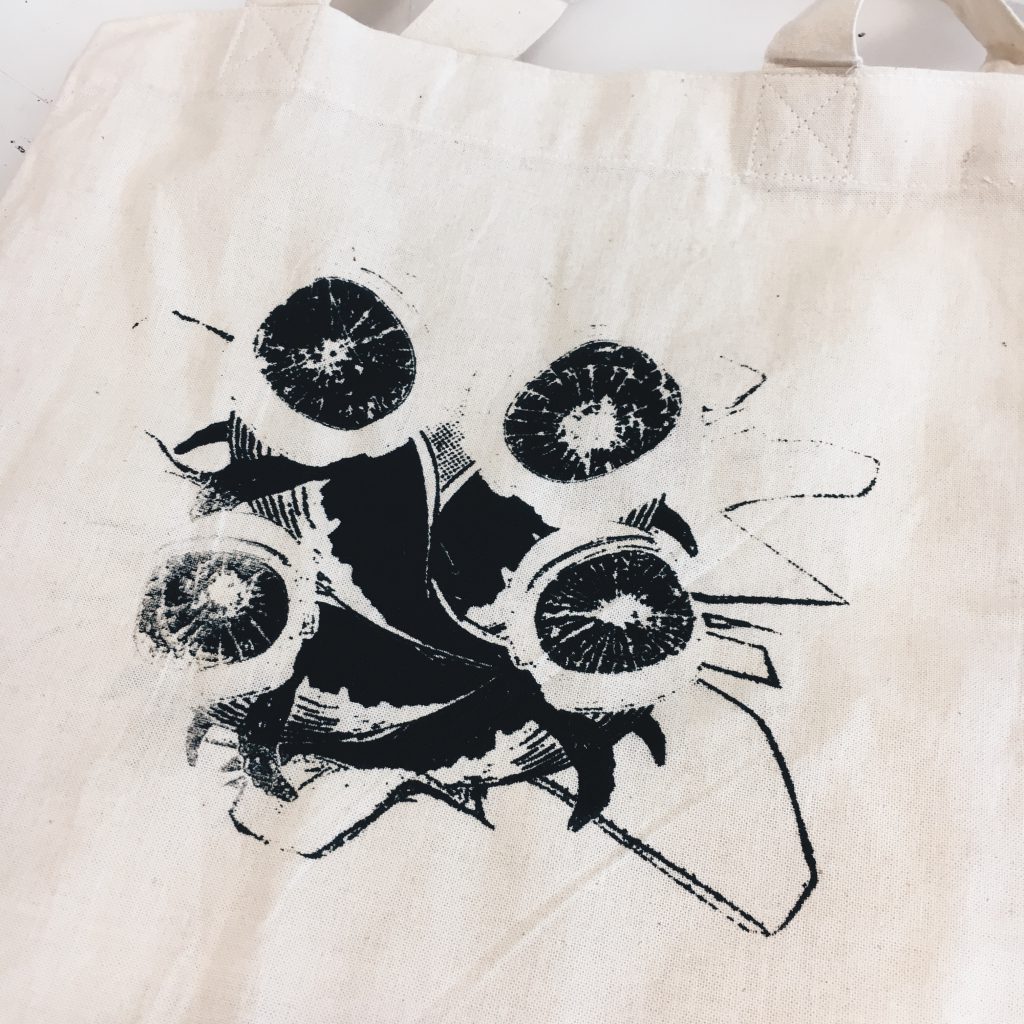
The stain adds a personal touch to my tote bag, I guess. A stain that will always be there to remind me of the last lesson I learnt from this silkscreening journey:
BE CAREFUL.
–
Overall, I really enjoyed exploring these wild ideas out of single quotations as well as from using images that do not belong to me. This project of exploring surrealism and dadaism gave me a chance to expand my pea-sized brain of creativity, given that there were barely any limitations apart from technicality. As I’ve always been more into Illustrator, it was challenging but fun to finally give Photoshop a shot at design, and it also felt weird but nice to play around with vectors in the software. It was also exciting to learn how to silkscreen as well, and now I regret not doing my print on a larger tote bag. But I just might go get another bag for the final screen before we beta strip it. 


